
Accommodation plan: 1N Antananarivo | 1N Antsirabe | 2N Ranomafana | 2N Isalo | 2N Ifaty | 2N Anakao | 1N Antananarivo
The journey begins in Madagascar’s highland capital, Antananarivo, where ridgelines ripple beneath colonial silhouettes and rice paddies shimmer beneath the dusk. The city breathes a quiet mix of Merina culture, faded French architecture, and the hum of a thousand zebu carts returning home.
A soft landing into Malagasy rhythm—where time is measured not by the hour, but by the color of the sky.
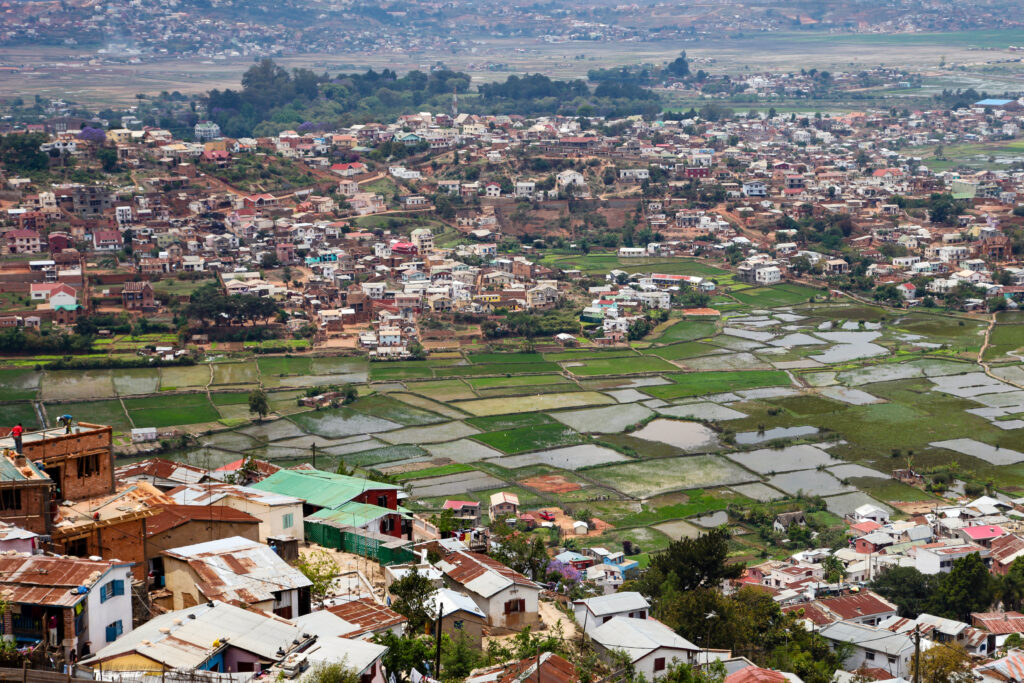

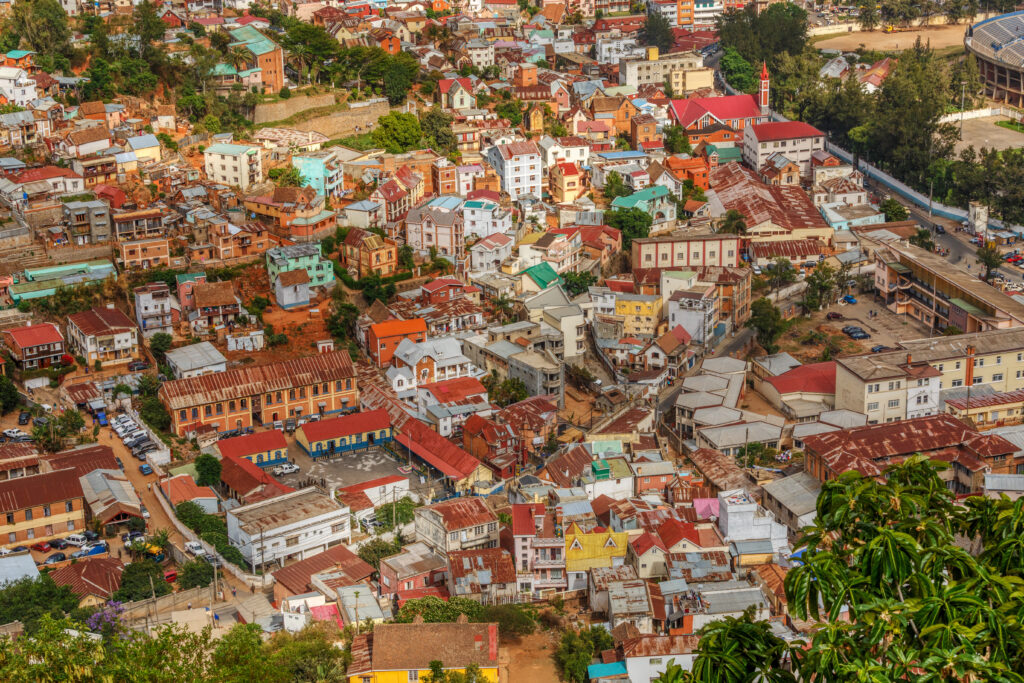
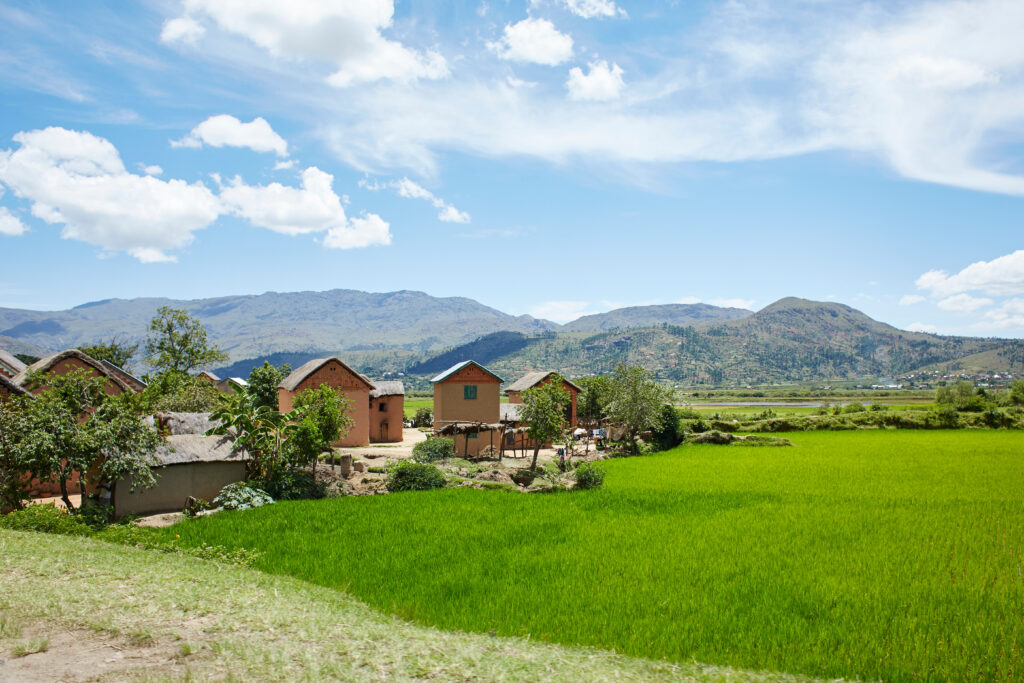
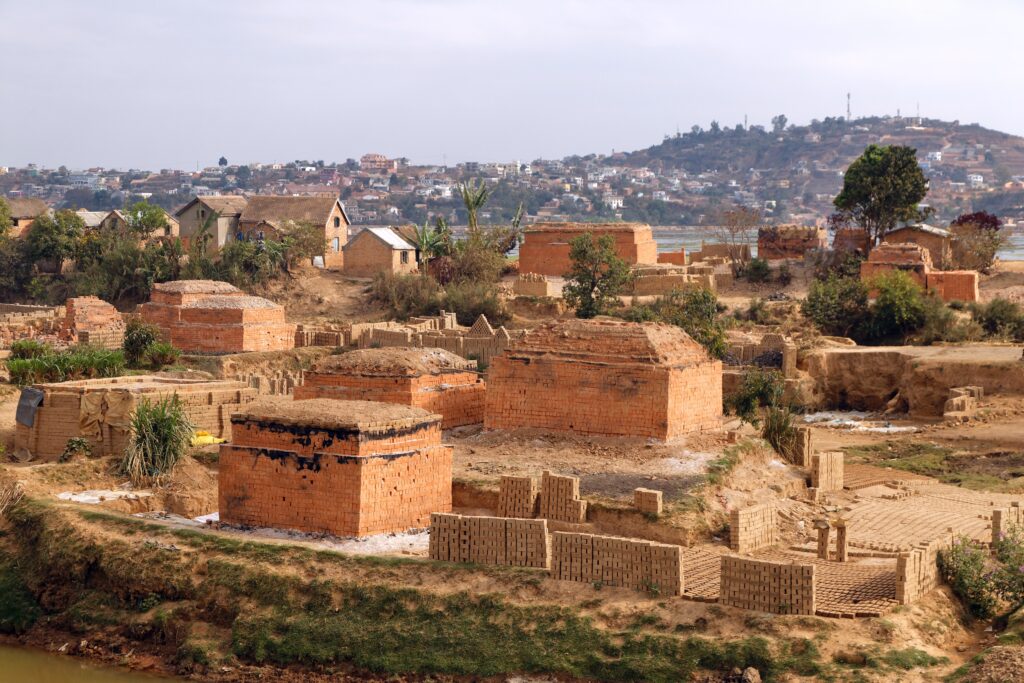
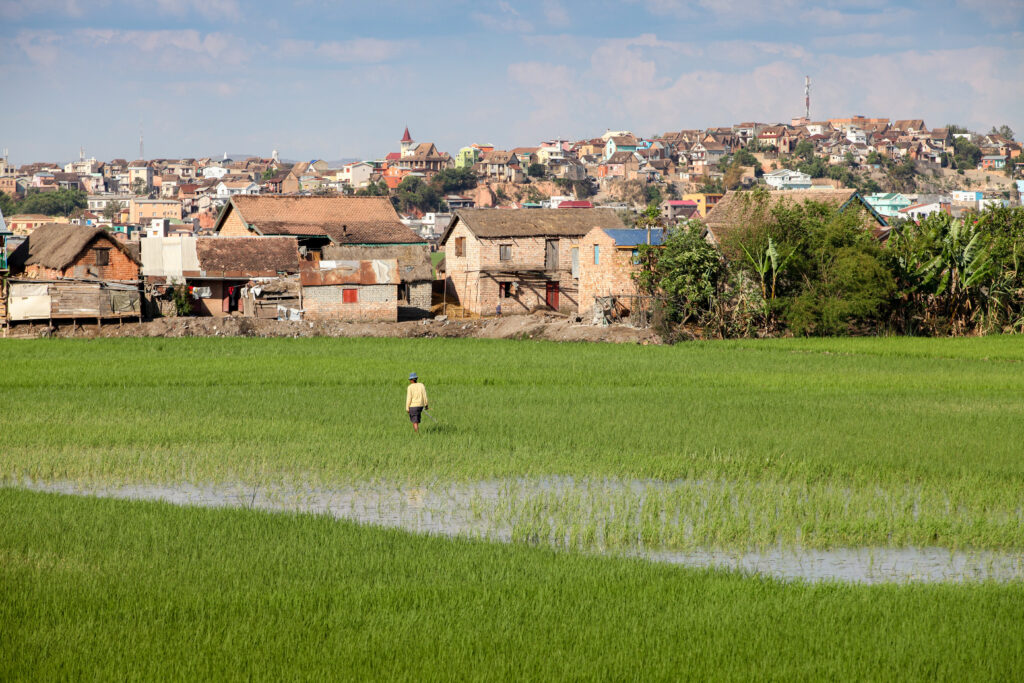

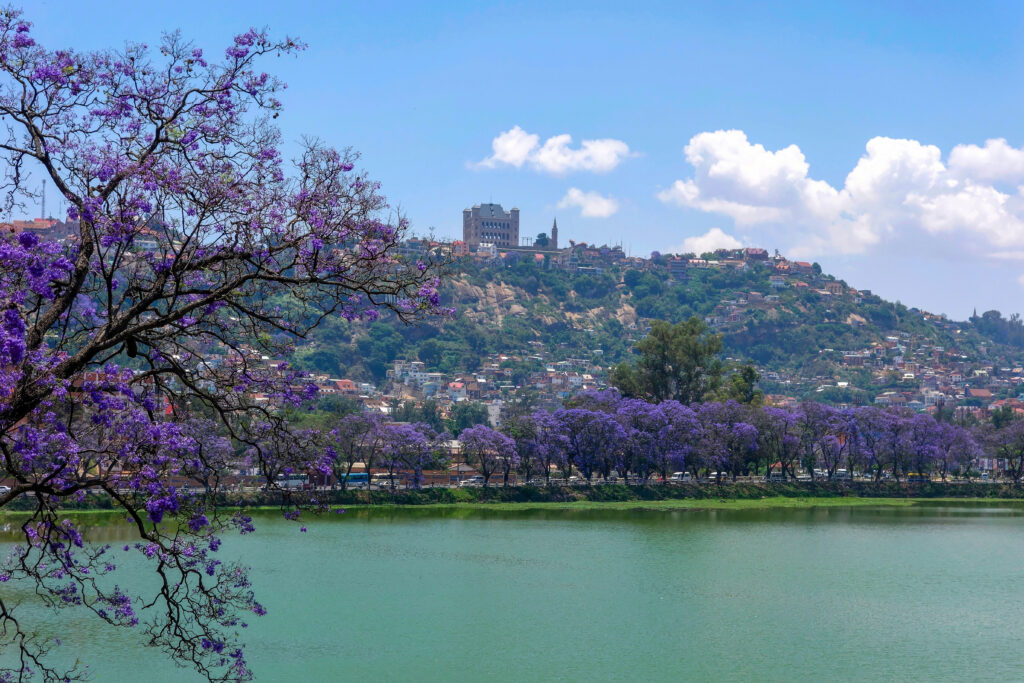
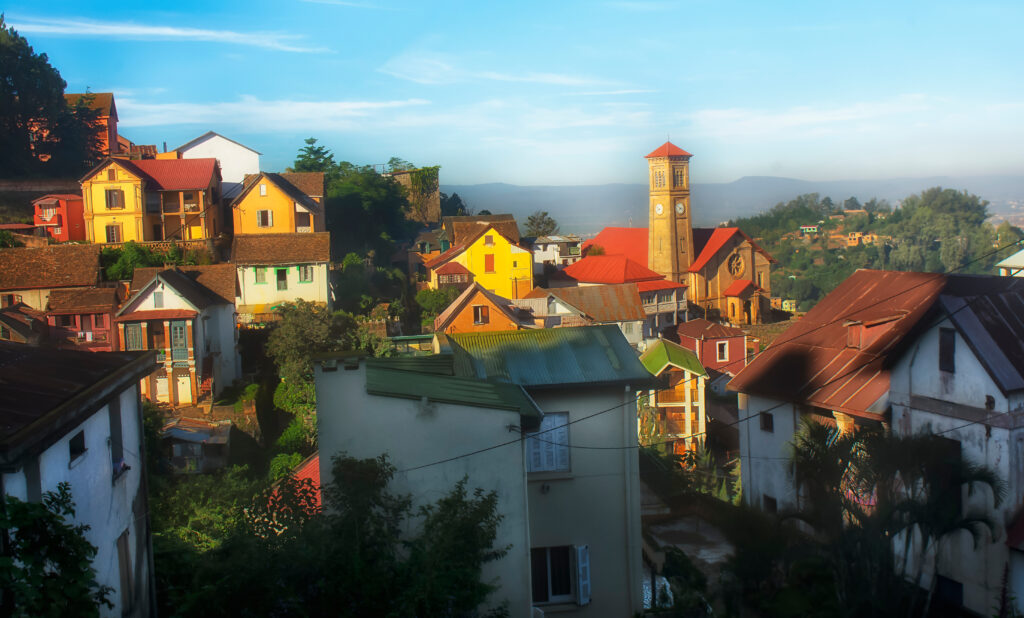
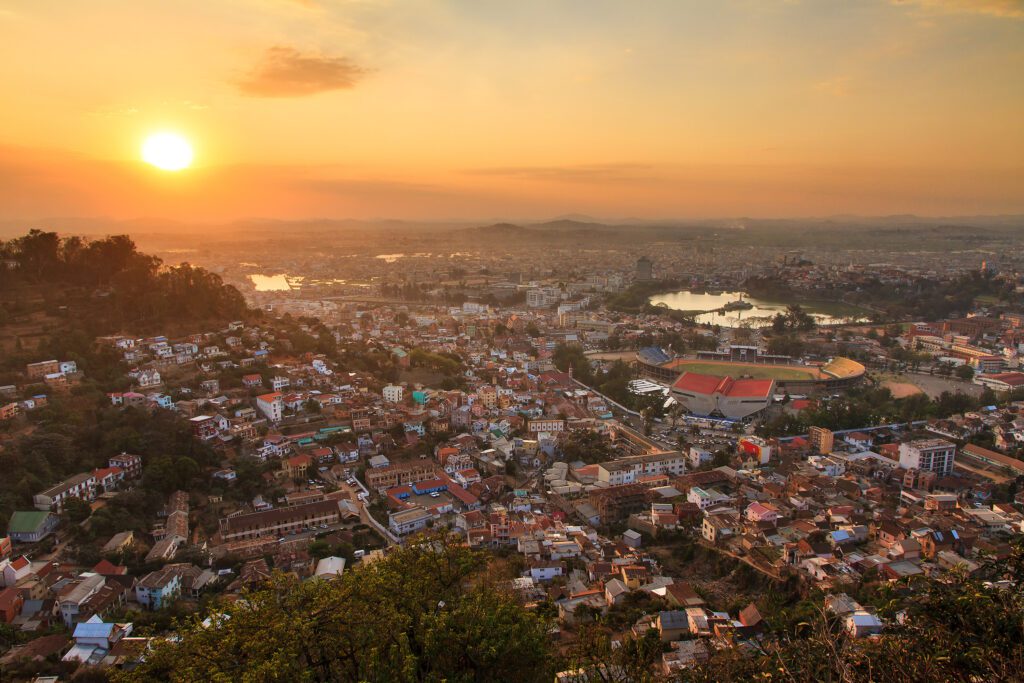
The road winds south through the Central Highlands, past ochre earth and cascading rice terraces. Small villages ripple with life—brick houses baking in the sun, children chasing tire hoops, and market stalls blooming with lychees, raffia crafts, and horn carvings.
In Antsirabe, colonial-era villas whisper of bygone days. Known as the “city of water,” this thermal town is rimmed with volcanic lakes and craftspeople who shape zebu horn into art, and weave embroidery with stories. Visit family-run workshops crafting miniature bicycles and embroidered textiles, infused with the quiet dignity of highland life.
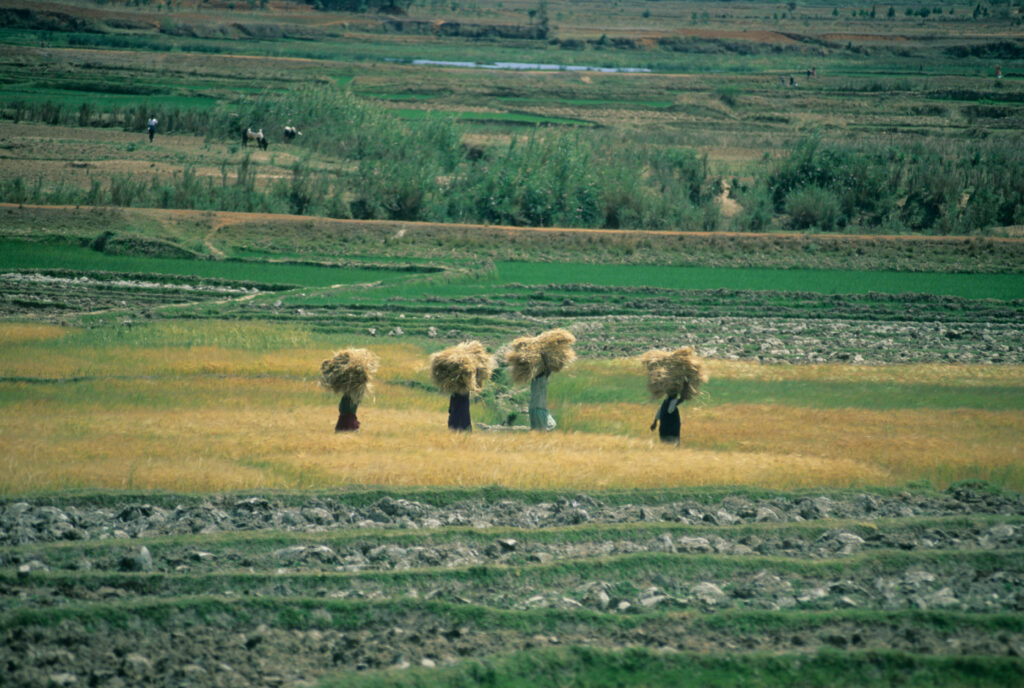
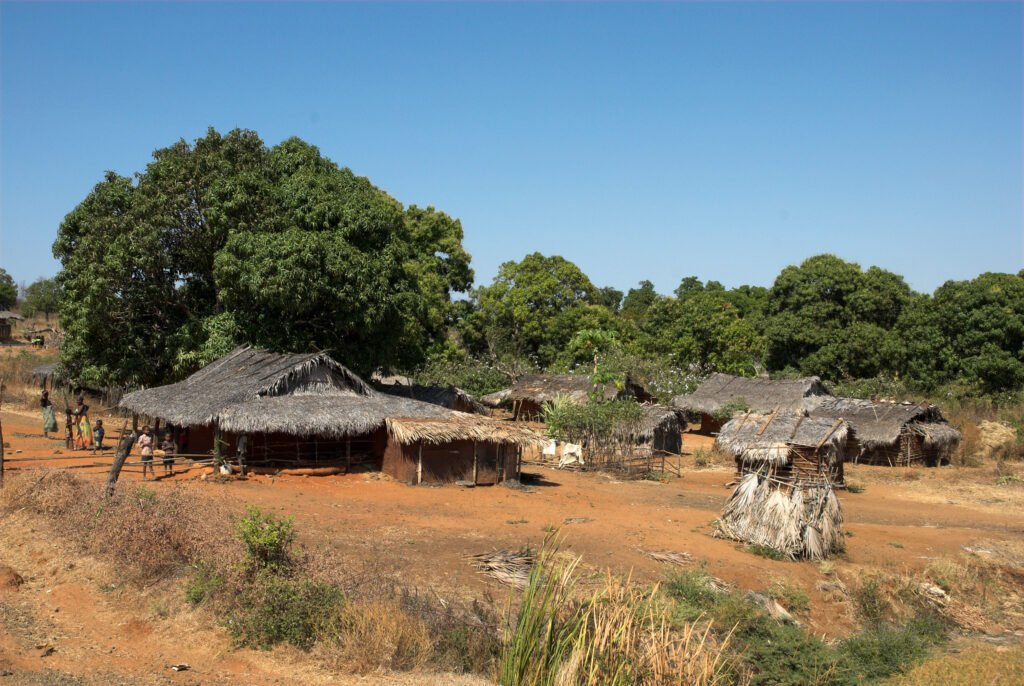
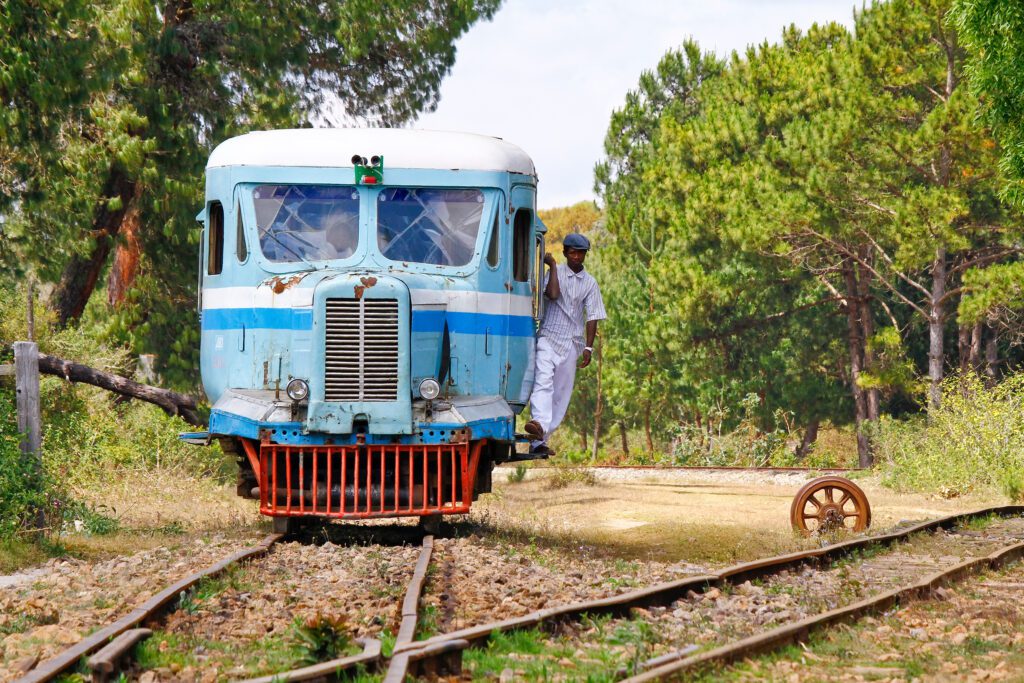
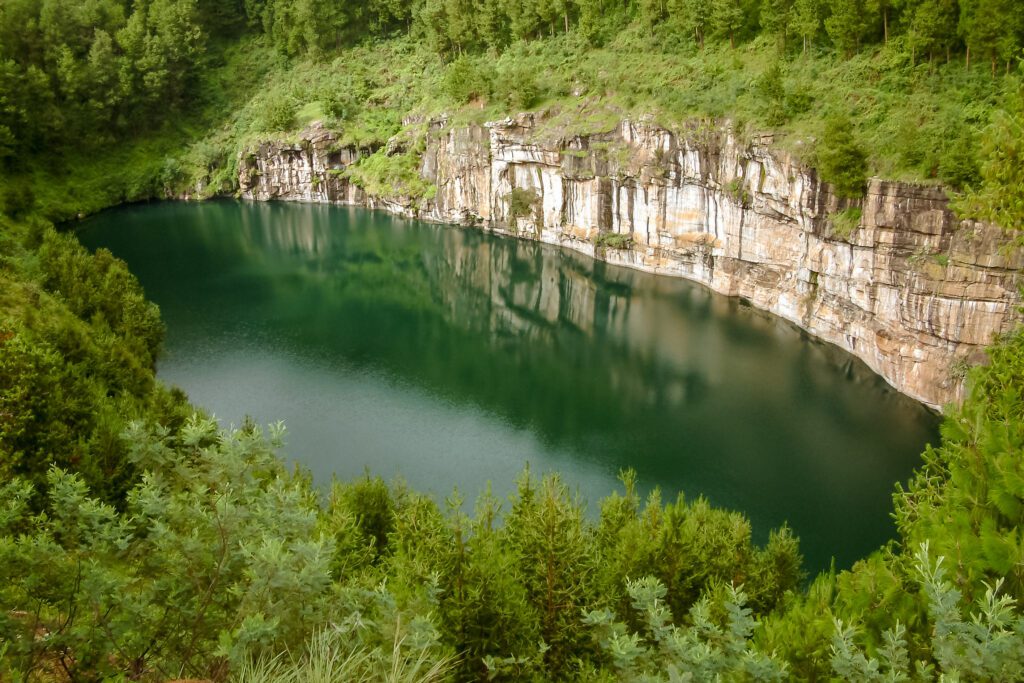
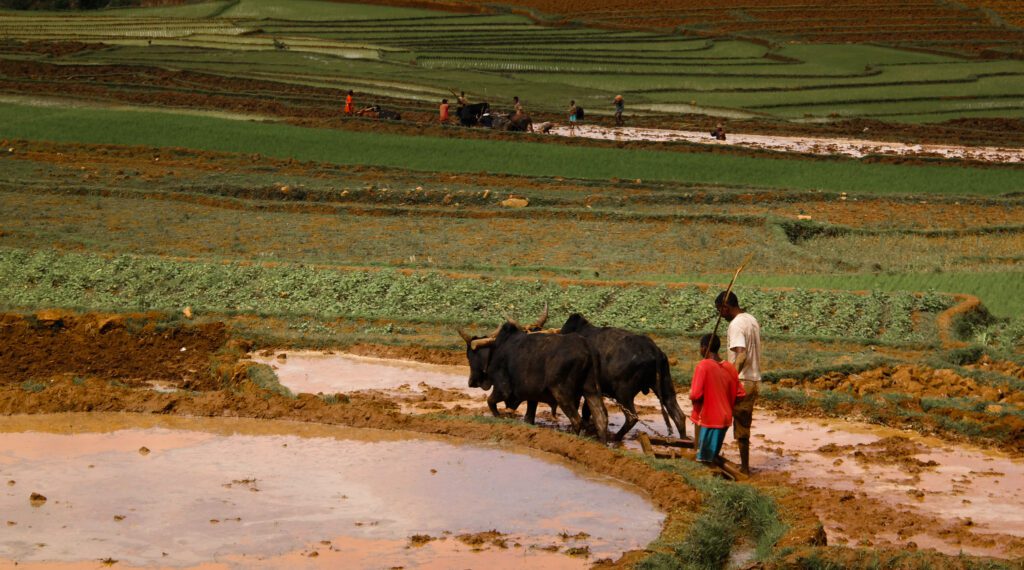
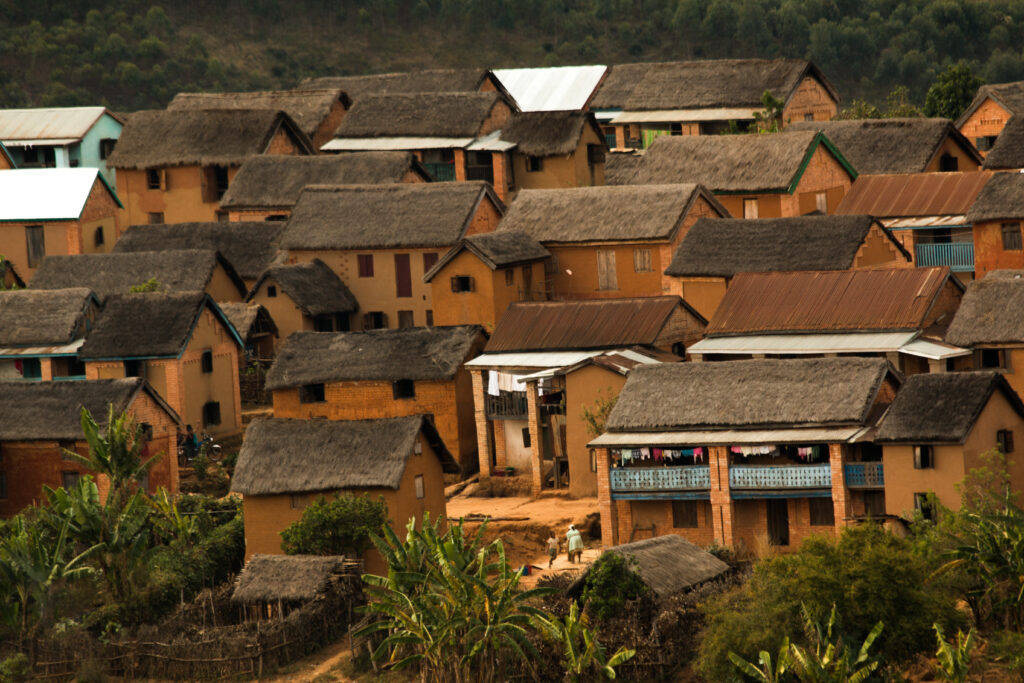
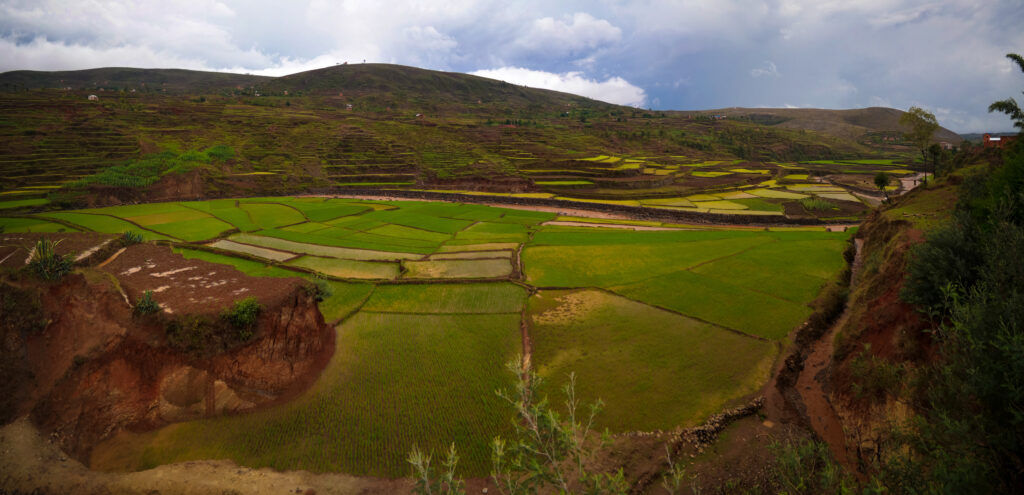
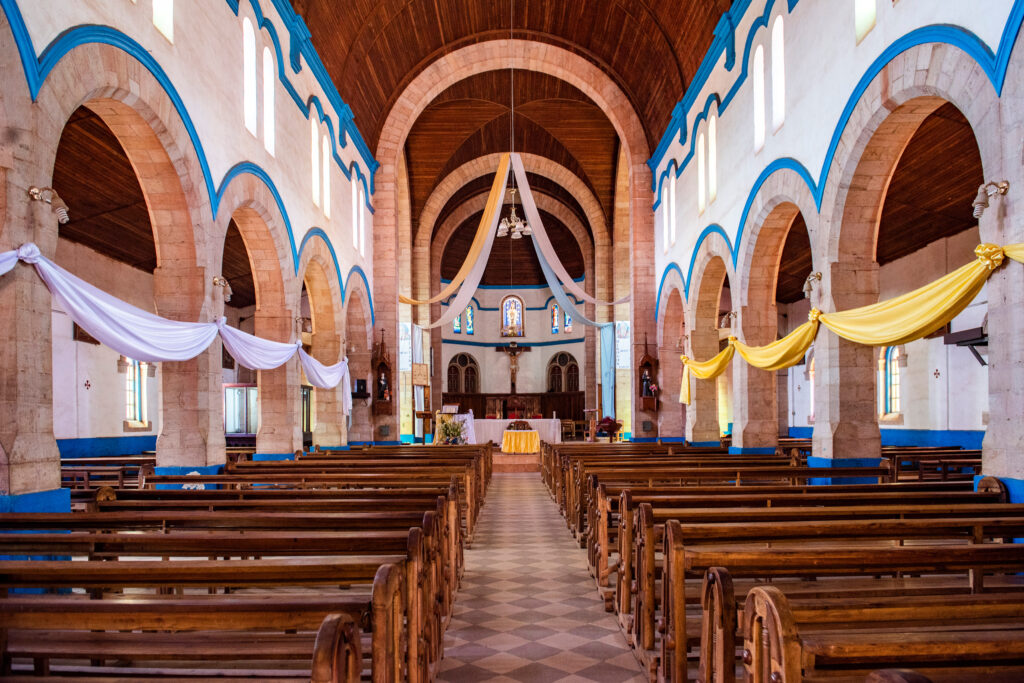

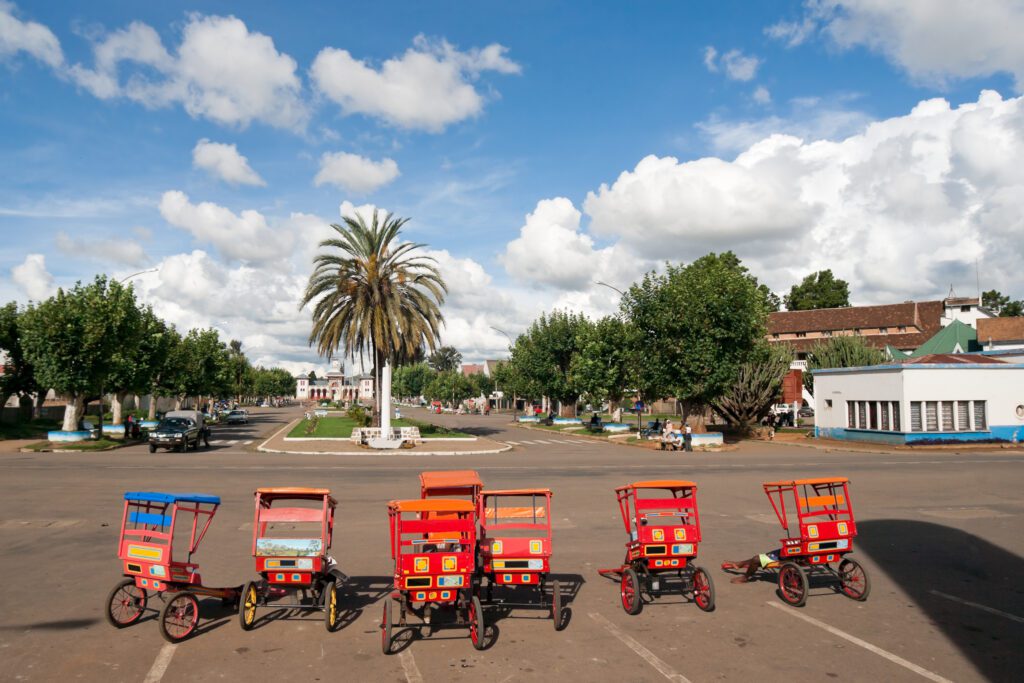
Transfer: 240 km | Approx. 6.5 hours
As the road curls deeper into the Betsileo heartland, eucalyptus groves give way to rainforest mist. In Ambalavao, pause to visit a traditional paper workshop, where the ancient art of Antaimoro papermaking is kept alive with natural dyes and dried flowers. Just beyond, the highland markets buzz with zebu traders, their cattle trailing like ancient caravans across dusty fields.
Arrival at Ranomafana brings a sudden hush—the rainforest breathes with moisture and moss. Here, one steps into a living Eden, where golden bamboo lemurs, thought extinct until 1986, peer from the underbrush and endemic frogs trill their ghostly songs as twilight falls.
Optional Night Walk: As evening descends, take a guided torch-lit walk along the forest edge. Spot the elusive mouse lemur—eyes glinting in the dark—and chameleons curled like question marks on fern tips.
In the waking hours, the rainforest stirs—its canopy alive with a choir of warblers, sunbirds, and lemurs calling from the treetops. Ranomafana National Park, a UNESCO-listed sanctuary, is one of Madagascar’s richest biological treasures. Shrouded in cloud and steam, it is home to twelve species of lemur, including the critically endangered greater bamboo lemur and the golden bamboo lemur found nowhere else on Earth.
A guided trek leads through tangled vines and over mossy roots, where orchids dangle and ferns unfurl in ancient spirals. The air is fragrant with wild ginger, and high in the branches, red-fronted brown lemurs leap like spirits through cathedral-light. Along riverbanks, lucky eyes might glimpse a rare Madagascar wagtail or a leaf-tailed gecko merged with bark.
For those drawn to healing waters, the park’s name—Rano mafana—means “hot water,” and thermal springs still bubble near the village, echoing ancient rituals of rest.
Transfer: 345 km | Approx. 8 hours (with scenic and cultural stops)
The rainforest yields to granite spires as the journey cuts southward toward the stone-carved horizons of Isalo. En route, Ambalavao offers a cultural interlude at the Anja Community Reserve—a shining example of conservation led by the local Betsileo people. Here, families of ring-tailed lemurs bask on sunlit rocks and leap through fig trees sacred to ancestral spirits. The dry forest is alive with sifakas, orchids, and boa snakes camouflaged among roots.
Continuing the descent into the dry south, the landscape changes: rice terraces fade, replaced by cactus-dotted plateaus and expansive grasslands grazed by herds of zebu cattle, the lifeblood of the Bara people. Their traditions—rooted in cattle-herding, ancestor reverence, and warrior tales—mark this region with deep cultural soul.
By late afternoon, Isalo emerges—Madagascar’s answer to the Grand Canyon. Its sandstone cliffs glow amber and rose in the sinking sun, scarred by wind and shaped by rain into otherworldly forms.
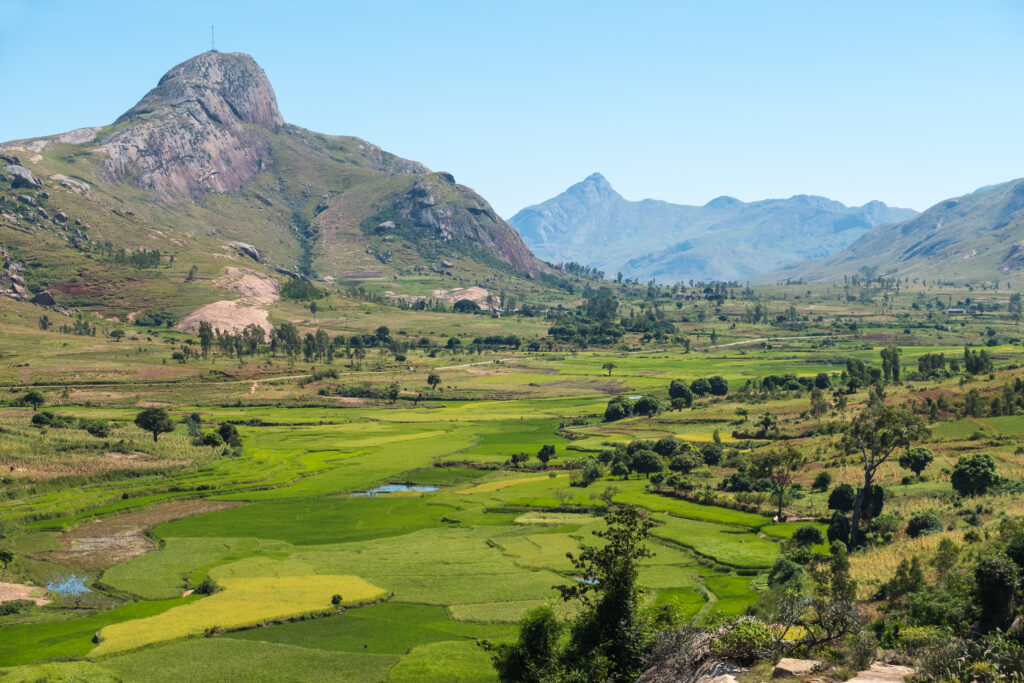
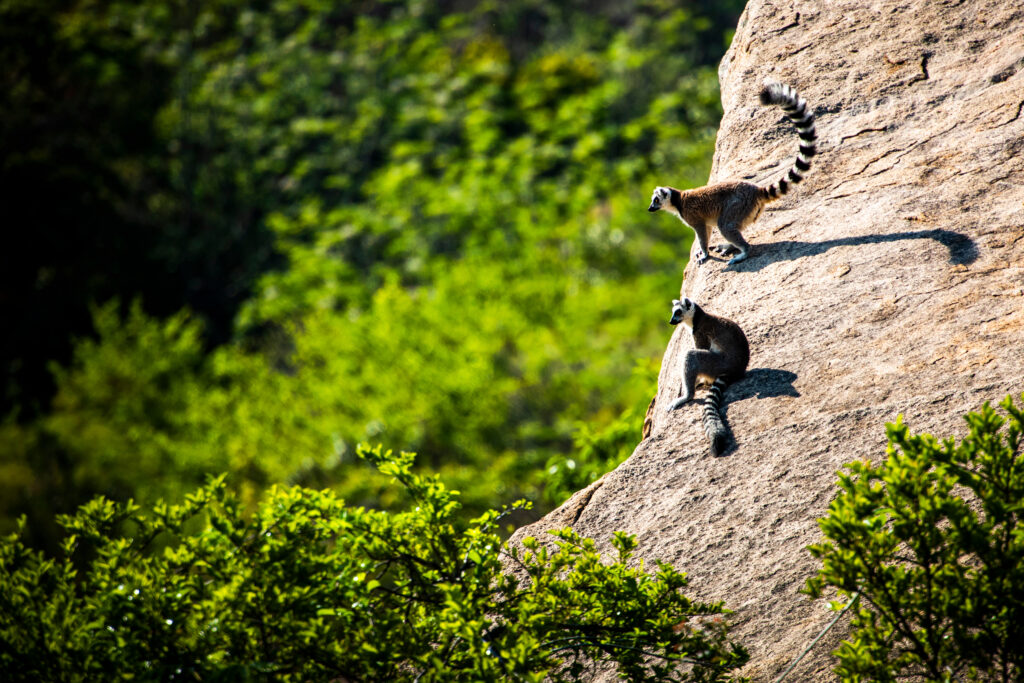
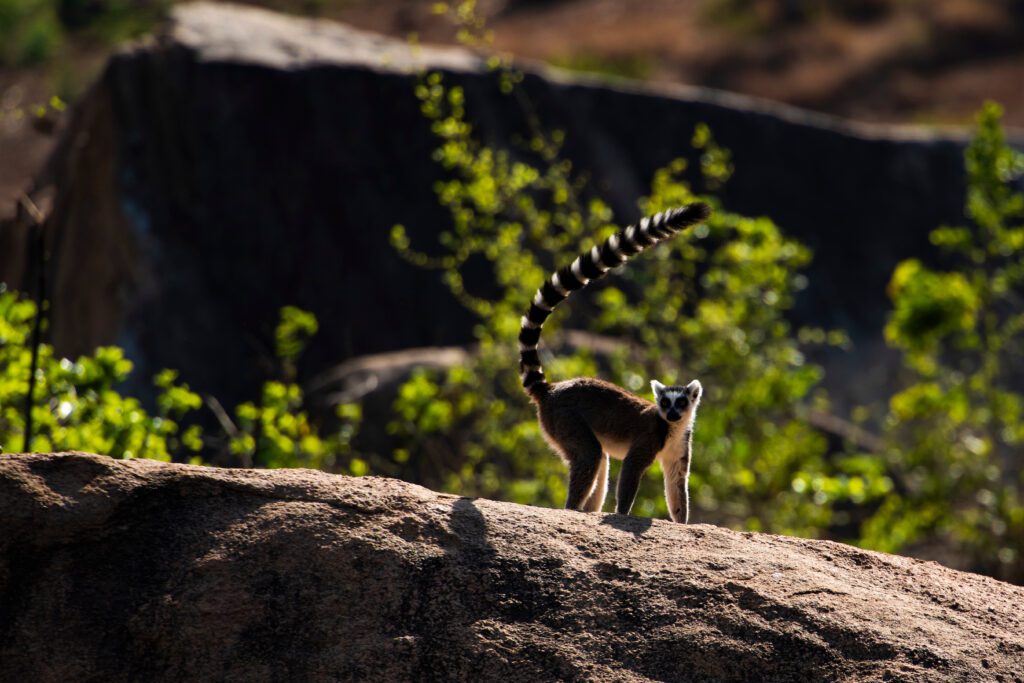
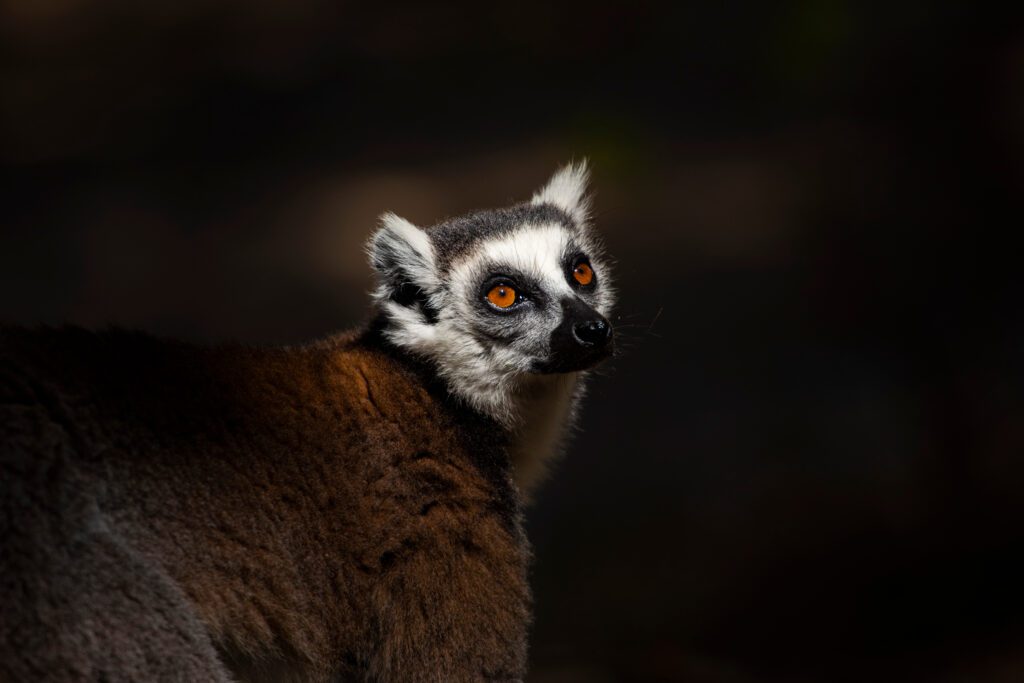
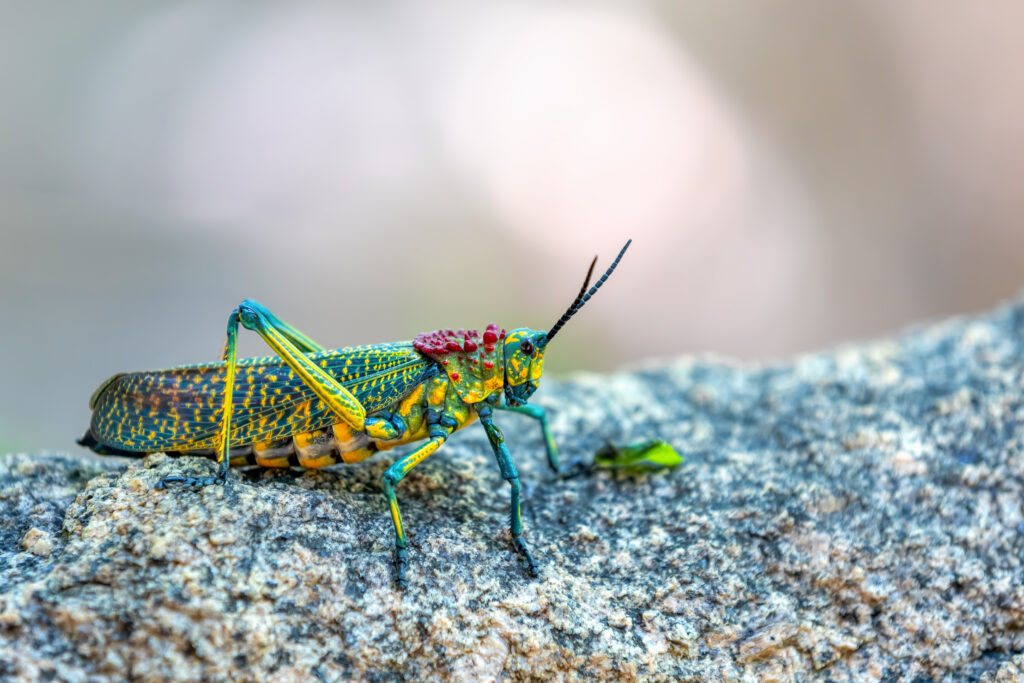
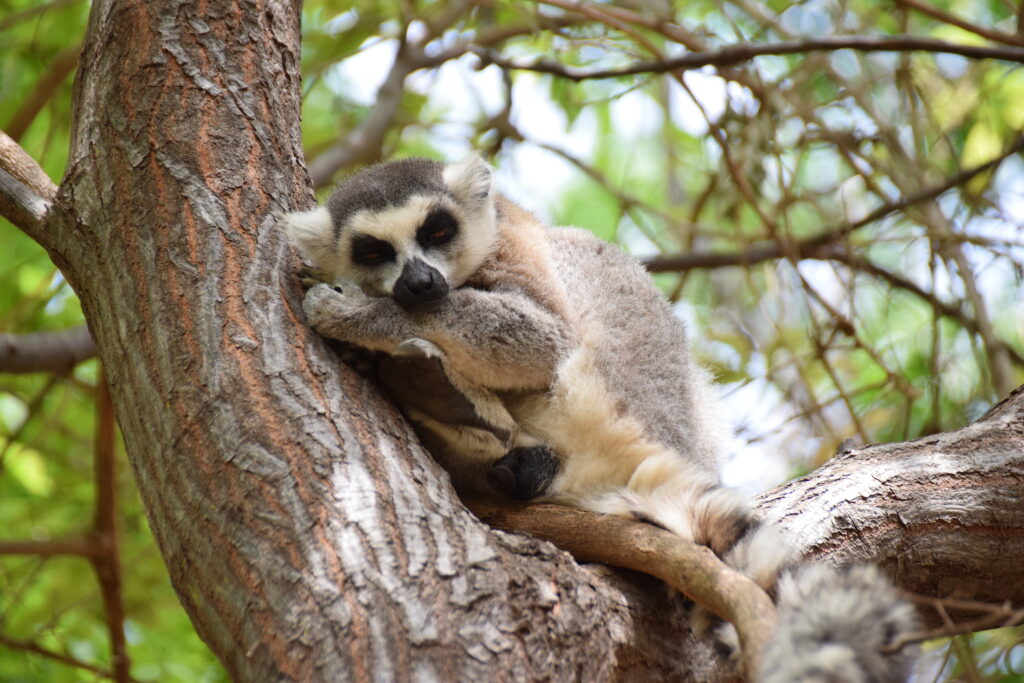
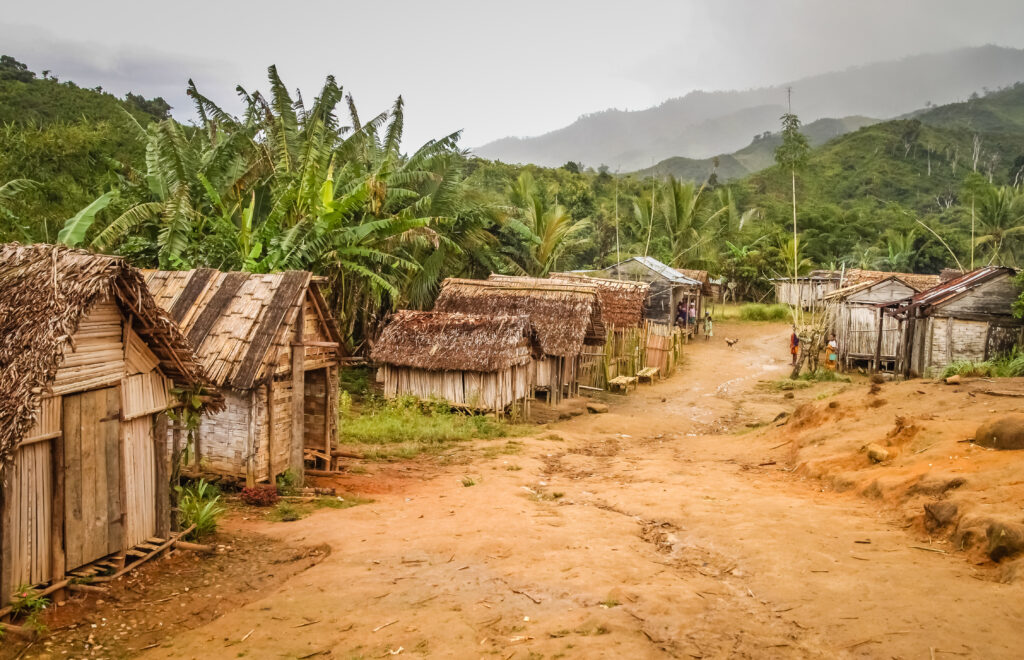
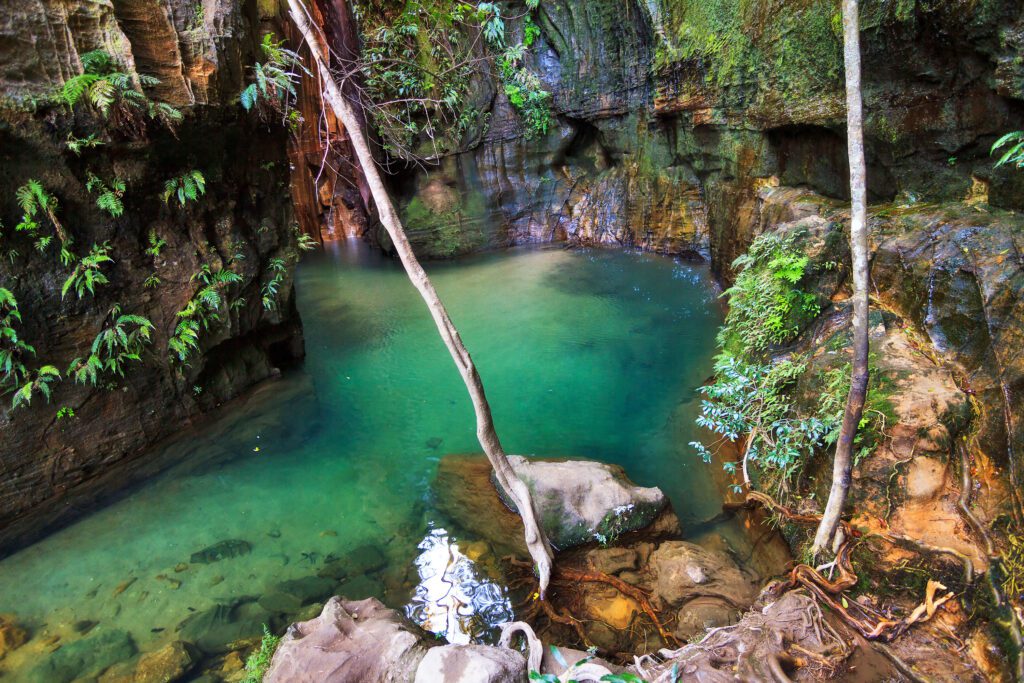
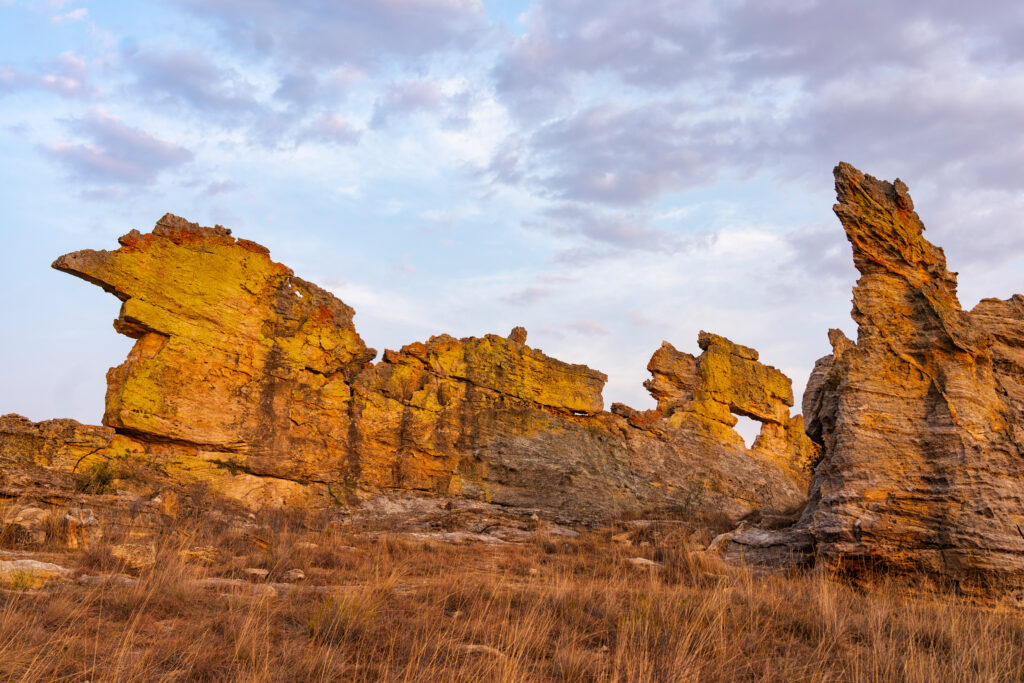

Beneath a sky of endless blue, Isalo National Park opens like a sacred text carved in stone. Its gorges, plateaus, and wind-sculpted buttes hold ancient secrets—tombs of the Bara hidden high in cliff walls, and natural pools nestled deep within narrow canyons.
Today’s trek weaves through the Canyon des Singes and the Piscine Naturelle, where cool emerald water shimmers beneath palm fronds. Along the way, Verreaux’s sifakas dance through the trees, their white coats luminous against red rock. Watch for Madagascar hoopoes, rock thrushes, and the rare Benson’s rock thrush, endemic to these southern highlands.
A place of silence and awe, Isalo offers something beyond sightseeing—it invites stillness. In the golden hour, when the cliffs ignite with light and shadows stretch across the plains, one feels the full weight of time.
Optional Sundown Excursion: Witness sunset from the "Window of Isalo" (La Fenêtre), a natural stone arch framing the sky—a place where sky and stone kiss, and dusk becomes divine.
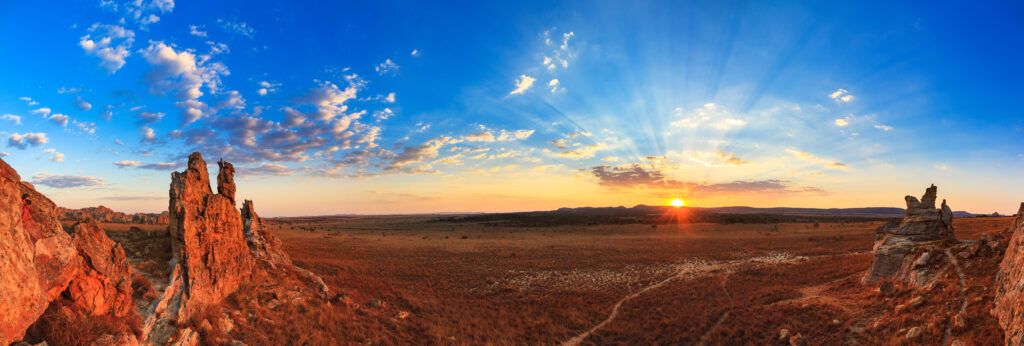

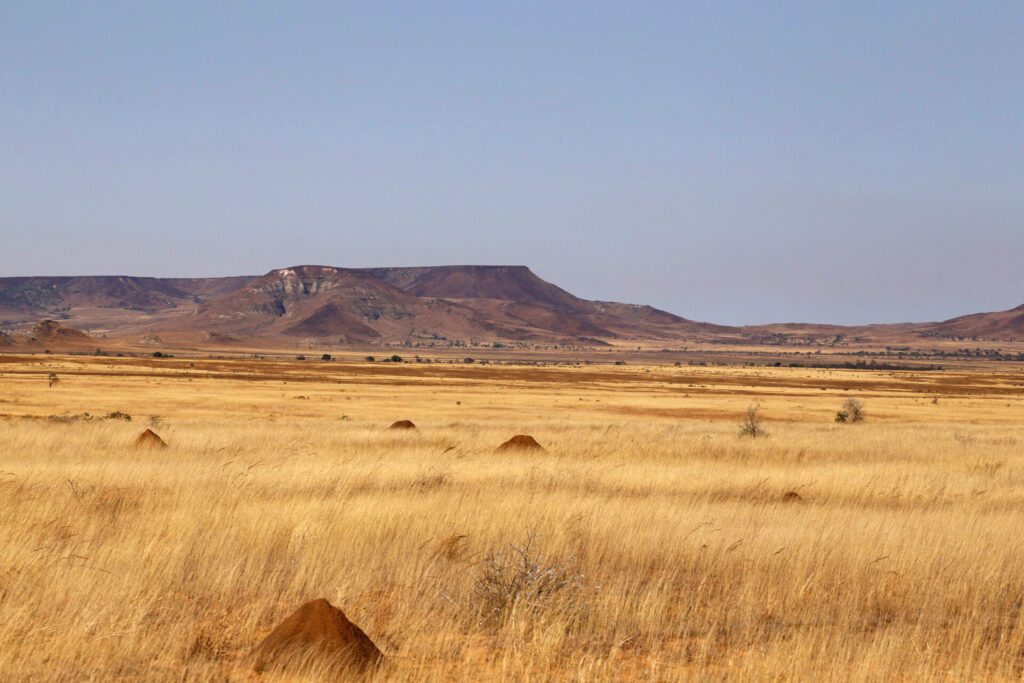

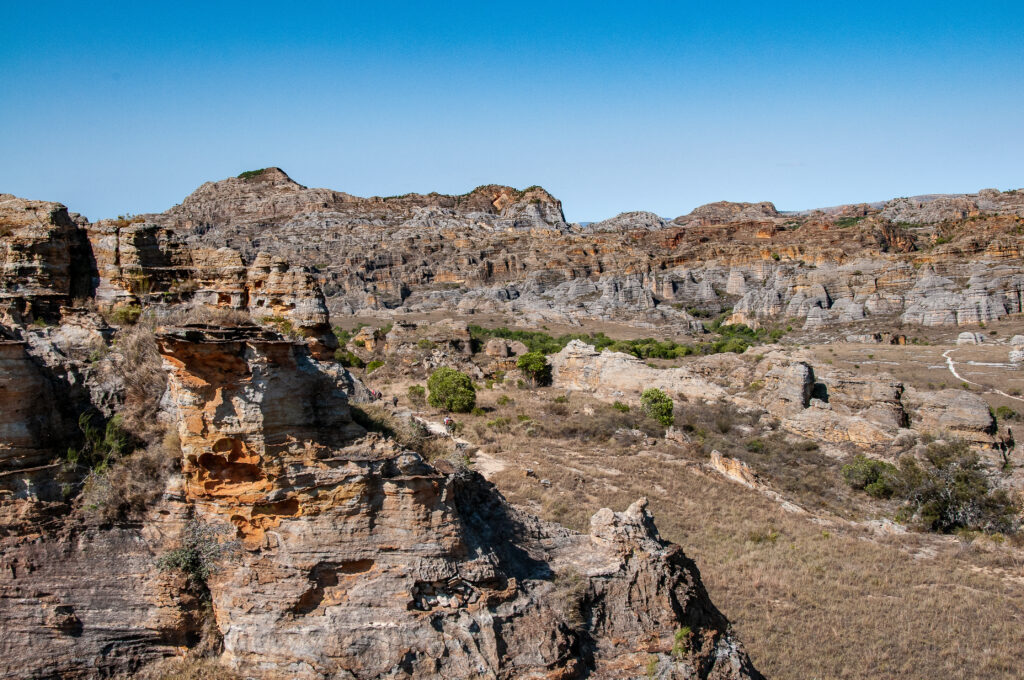
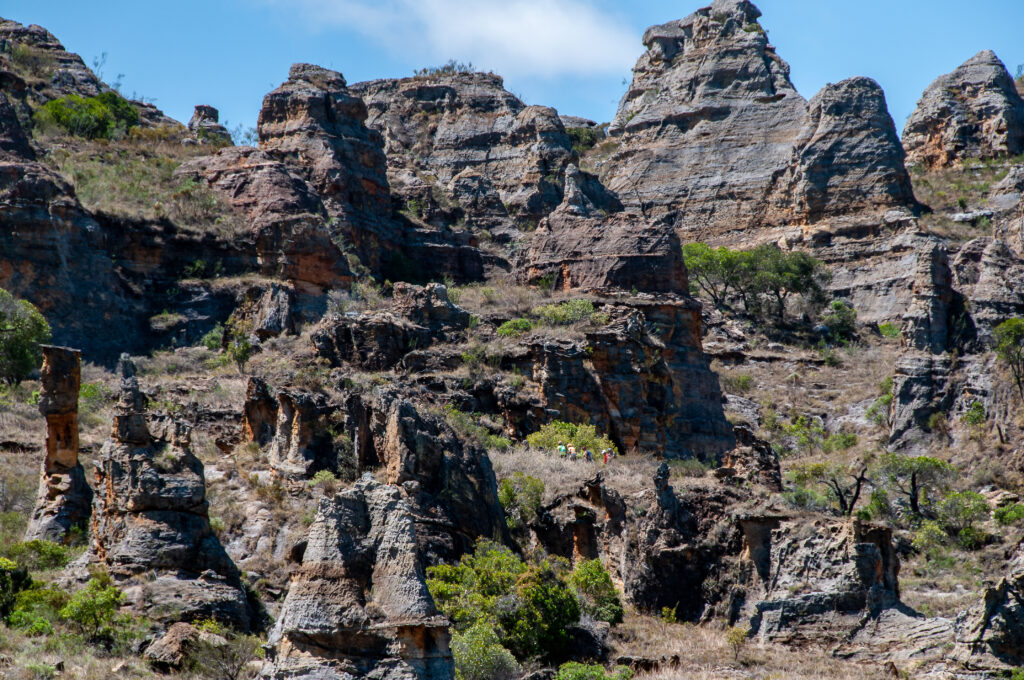
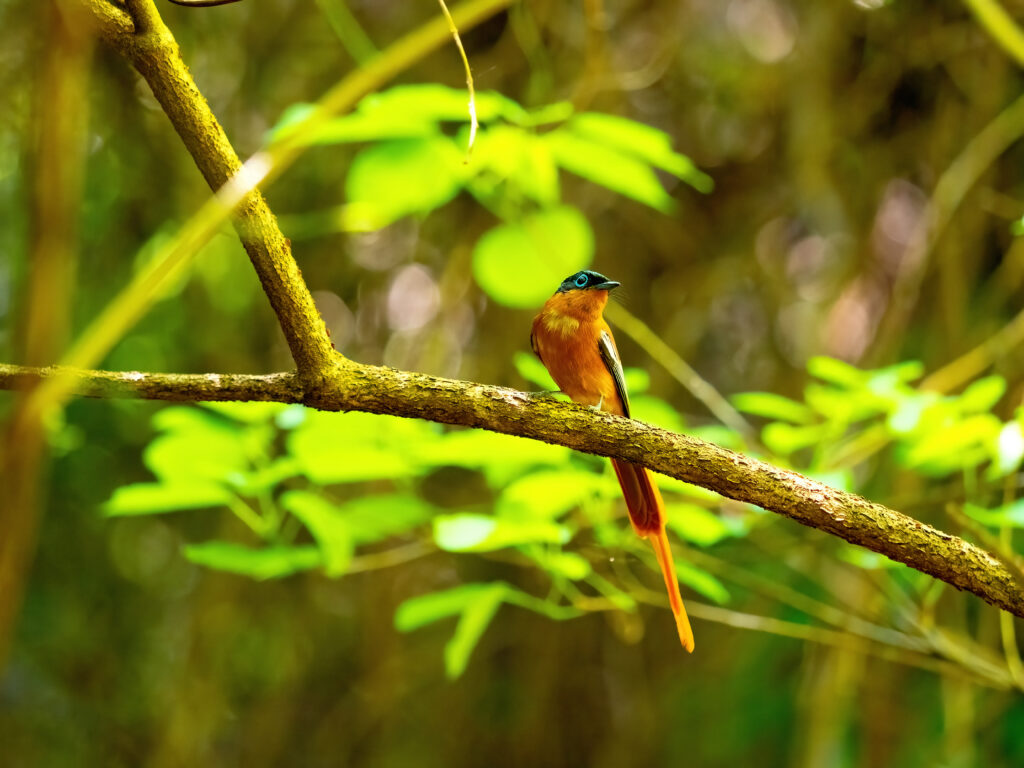

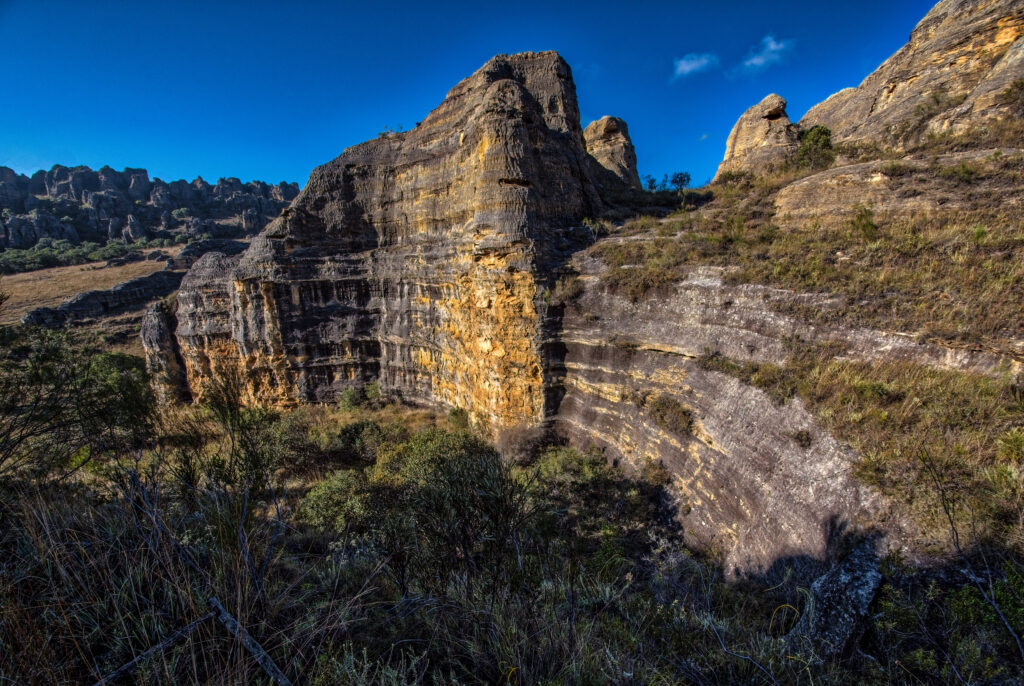
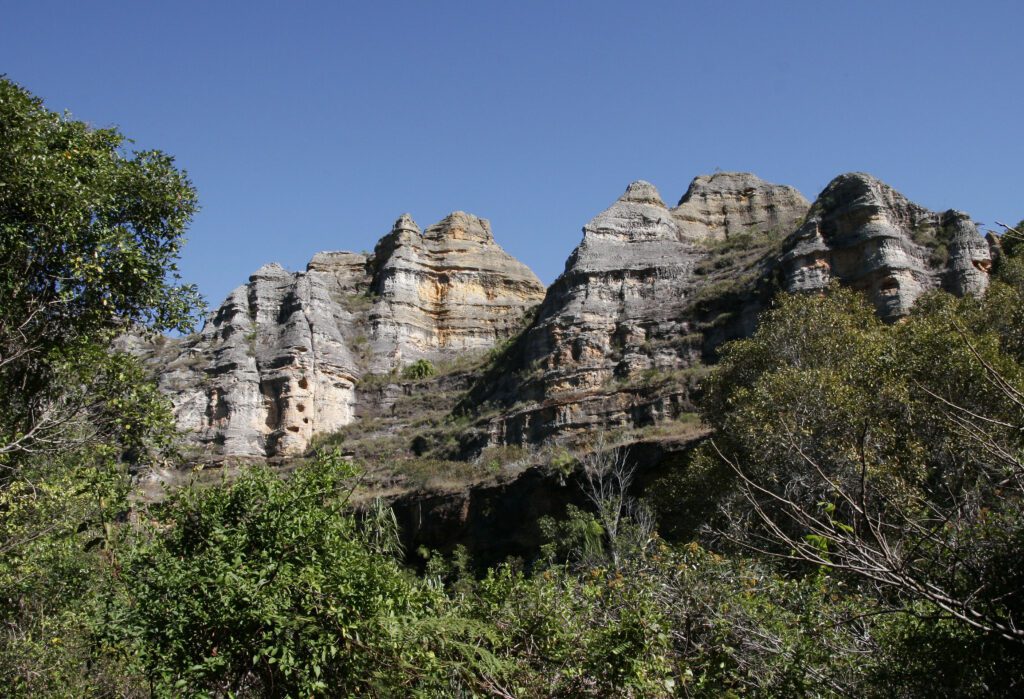
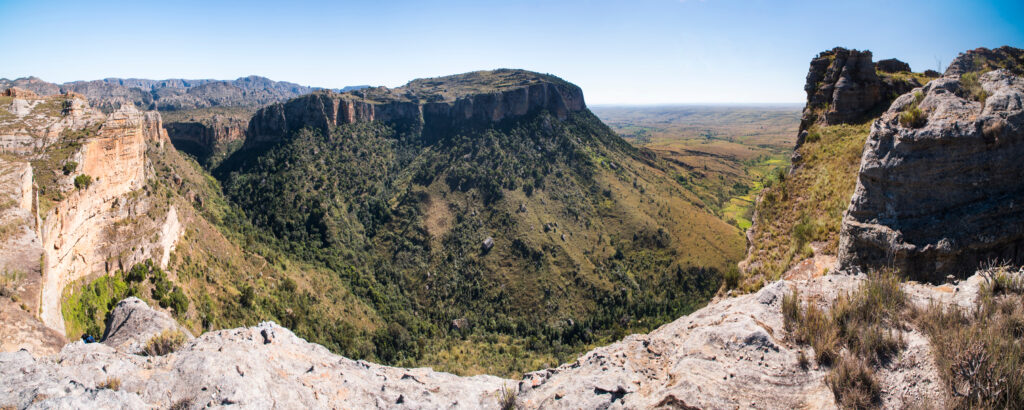
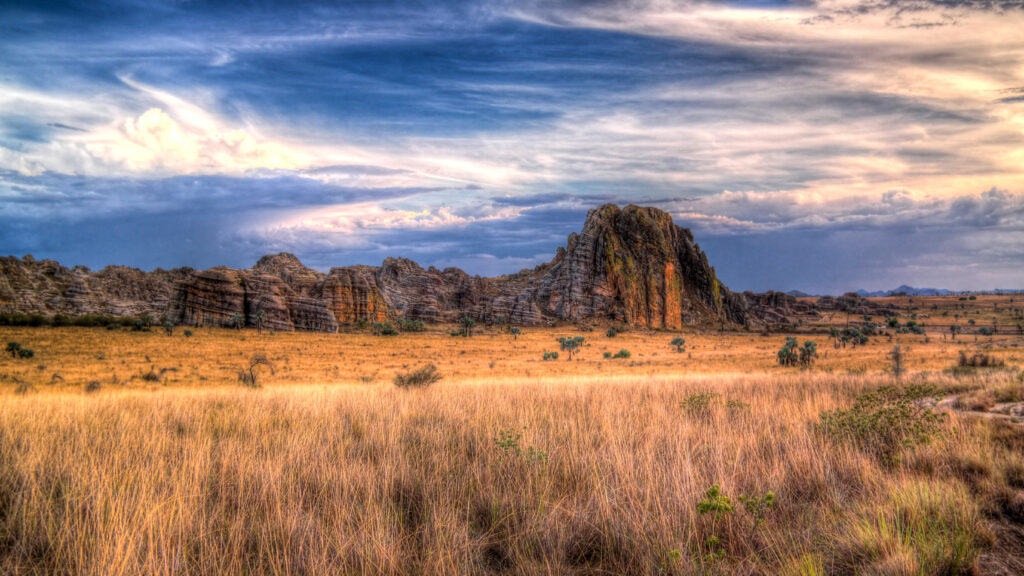
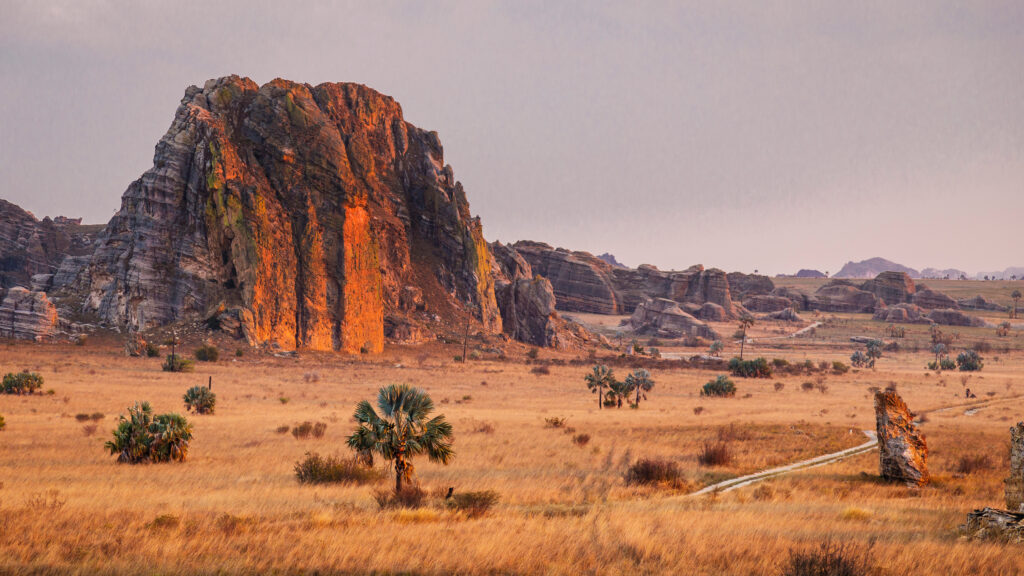
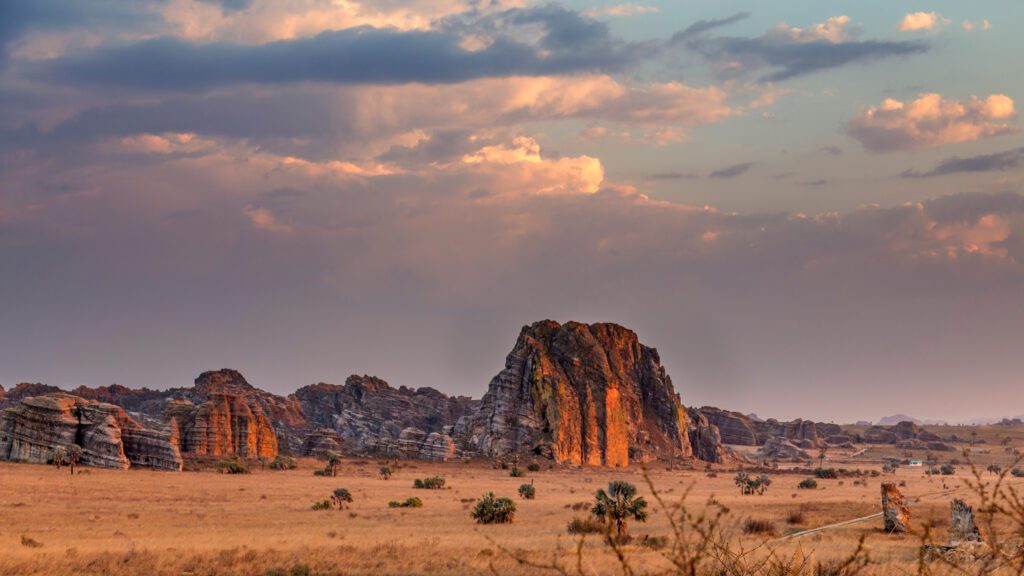

Transfer: 275 km | Approx. 6.5 hours (with stop in Zombitse-Vohibasia)
The road south rolls like a hymn across wide savannahs and baobab-dotted plains. As dawn breaks over Isalo’s stone cathedrals, the journey descends through the Sapphire town of Ilakaka, a raw, earth-dug metropolis born overnight from dreams of gemstones. Miners, traders, and wanderers drift through dusty streets—a surreal intersection of wealth and want.
Further along, the Zombitse-Vohibasia National Park offers a final window into Madagascar’s transitional dry forest. This lesser-known park hums with birdsong—home to the Appert’s greenbul, found nowhere else on Earth. Giant baobabs rise like sentinels from the forest floor, and under their shade, Zombitse sportive lemurs curl in hollows, barely seen by passing eyes.
By afternoon, Tulear appears, sun-baked and windswept by the Mozambique Channel. Turning north along the coastal track, the road slips into sand and salt as you arrive at Ifaty, a fishing village pressed between spiny forest and sea.


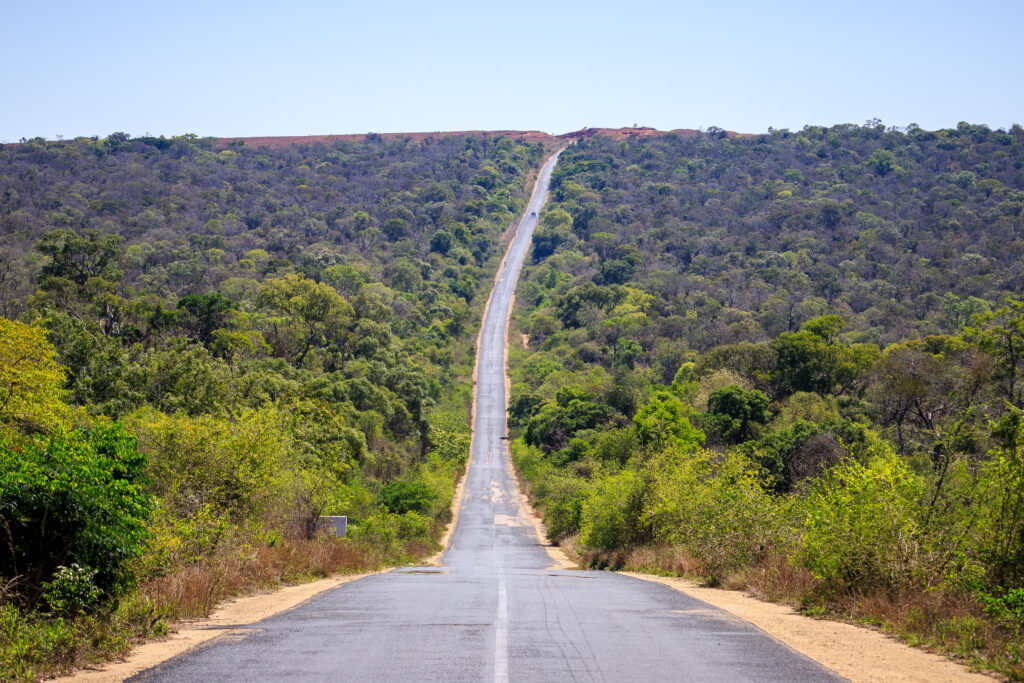
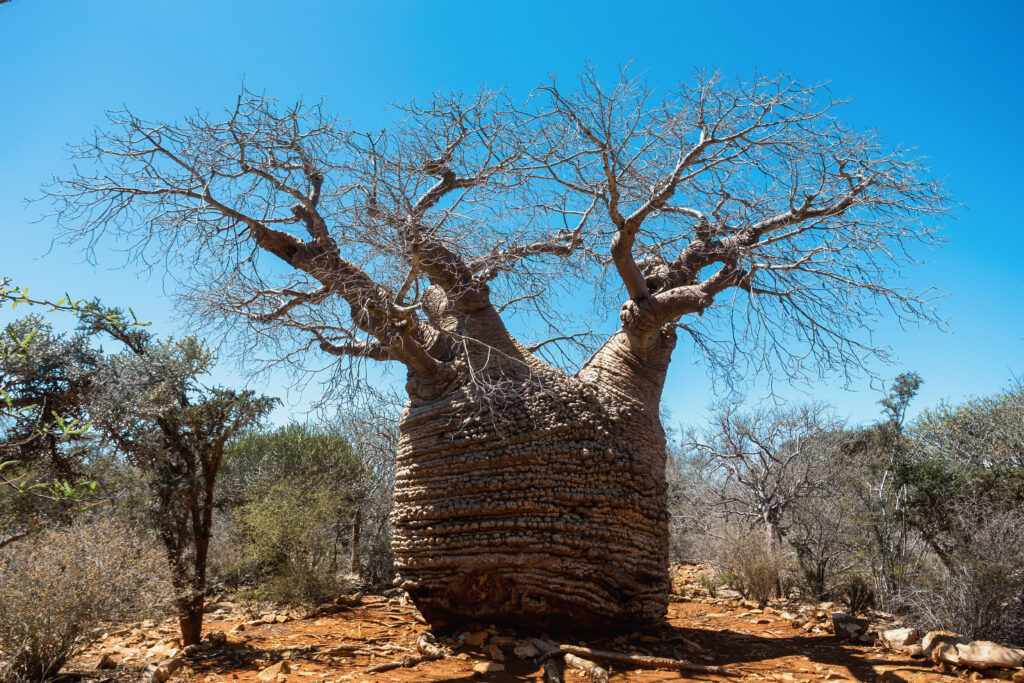
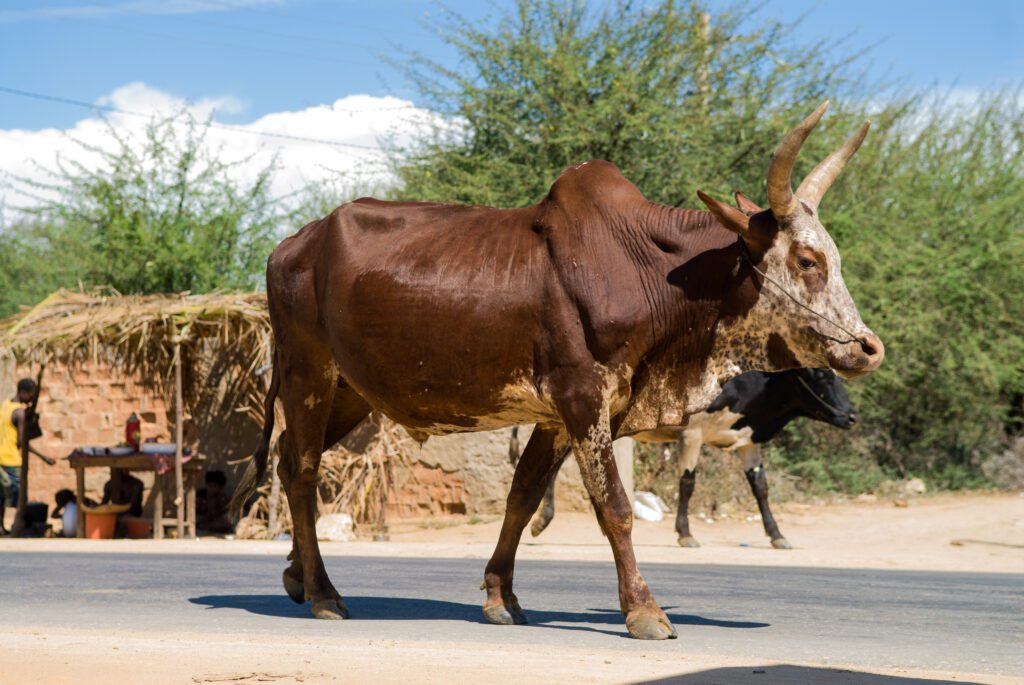
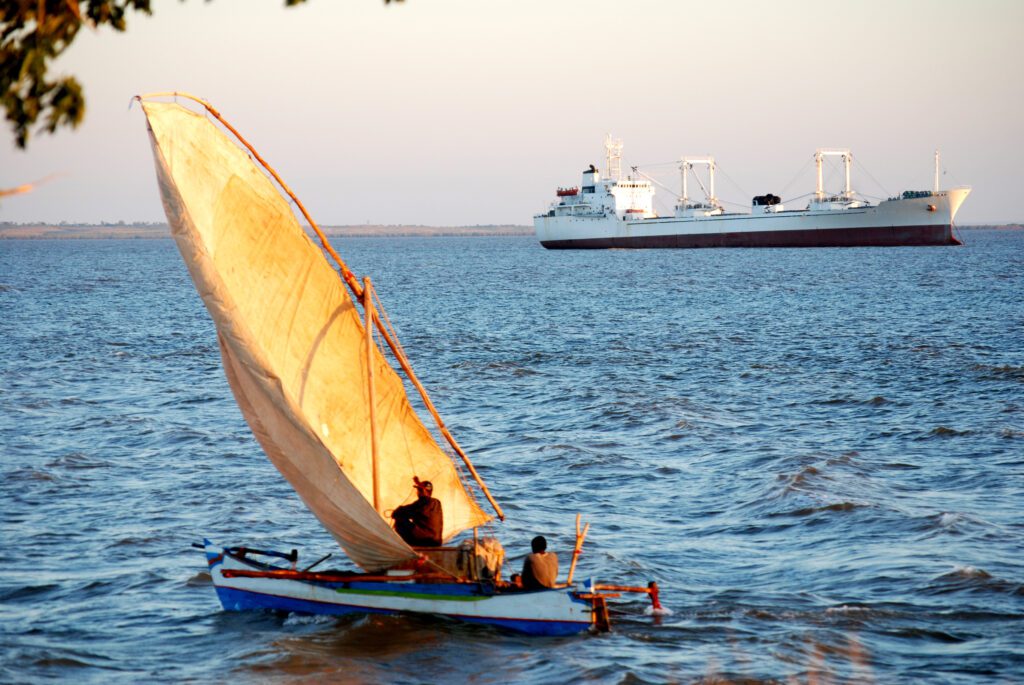
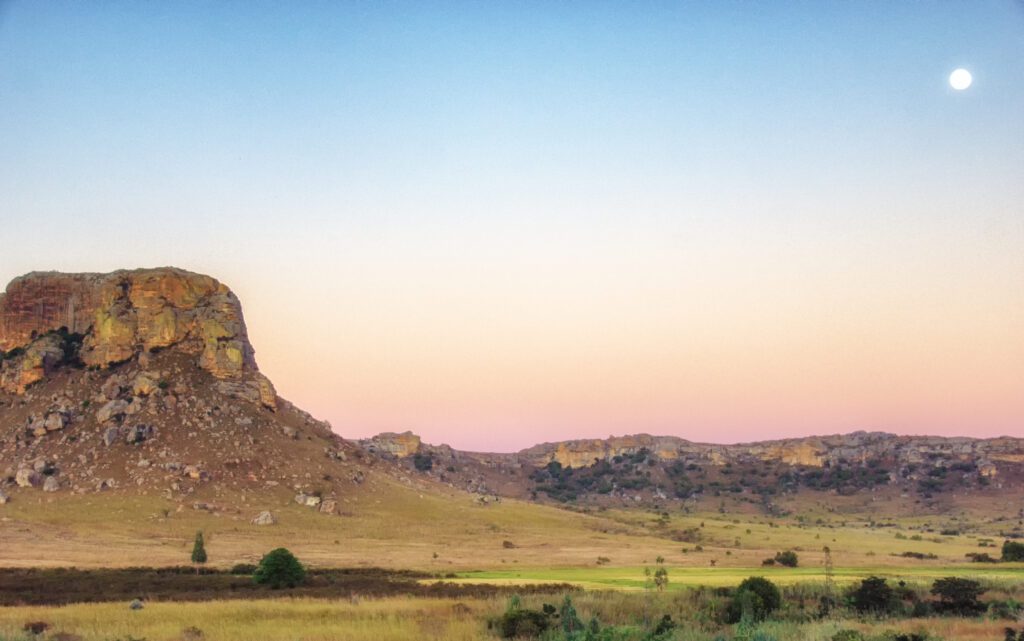

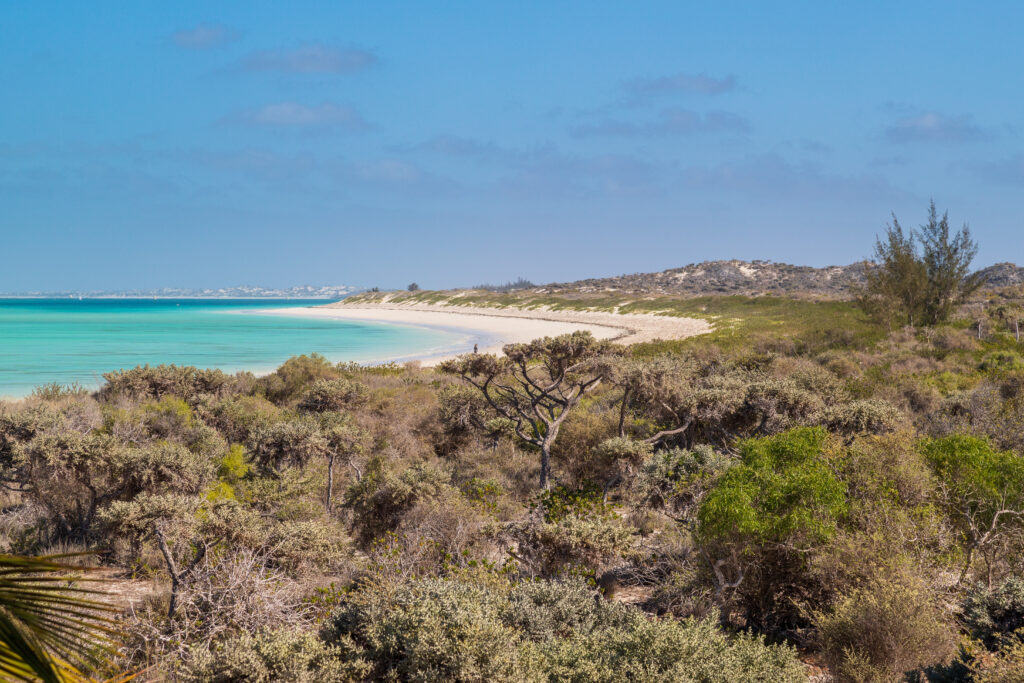
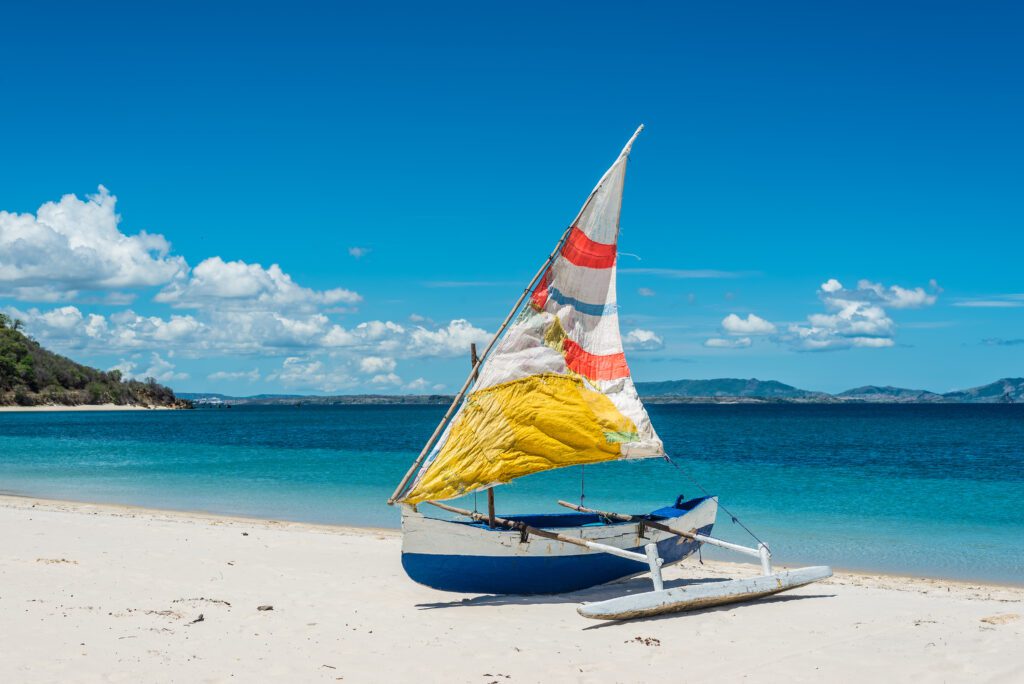
Here on the southwest coast, the land becomes strange and sacred. The spiny forest of Ifaty—a Didiereaceae-dominated ecosystem found nowhere else on Earth—bristles with octopus trees, bottle-trunk baobabs, and Euphorbia that seem more sculpture than shrub. This is one of the world’s most unique xerophytic environments, alive with creatures adapted to heat and hardship.
A sunrise bird watching walk brings rare sightings: long-tailed ground rollers, Subdesert mesites, and vibrant lafresnaye’s vangas. The forest stirs with life at dawn, then slips into silence beneath the noon sun.
Later, wander the Vezo fishing villages, where life flows with the tides. Women braid nets on the shore, and outrigger canoes painted in ochre and indigo rock gently in the surf.
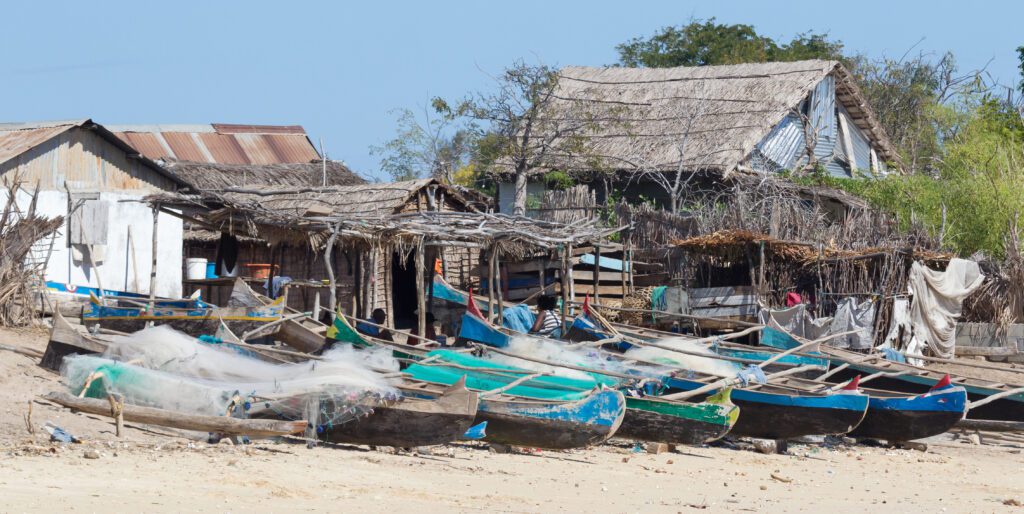
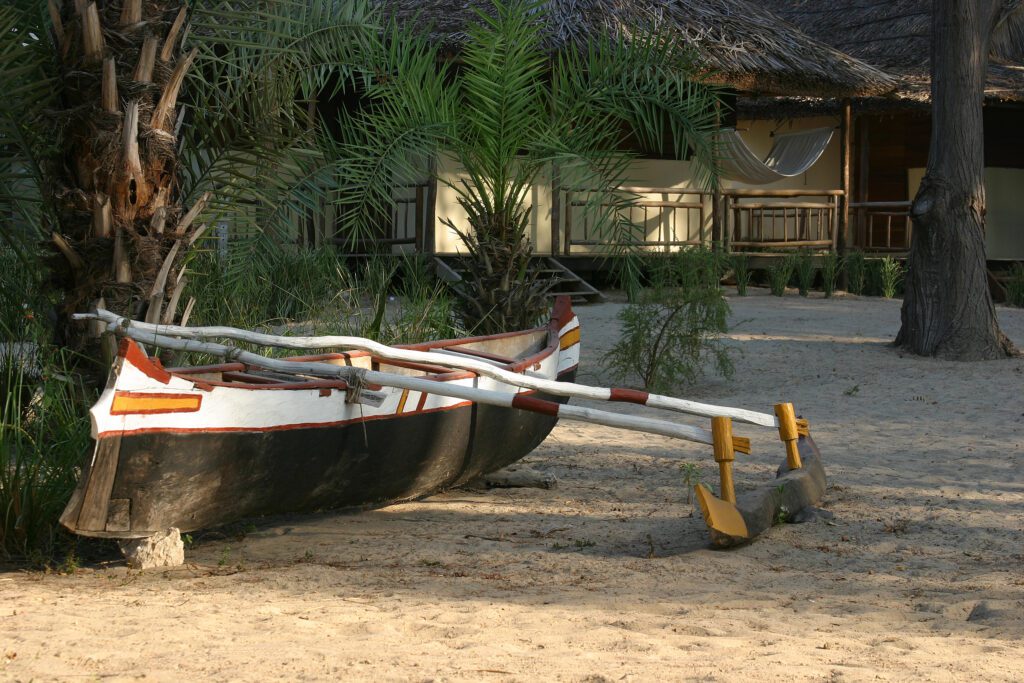
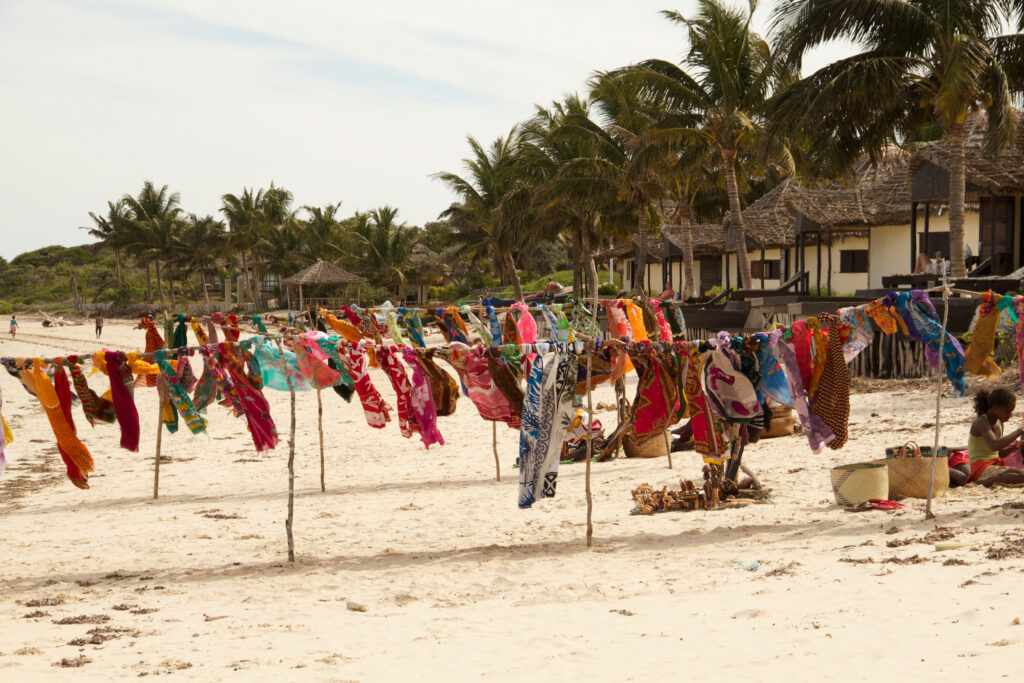
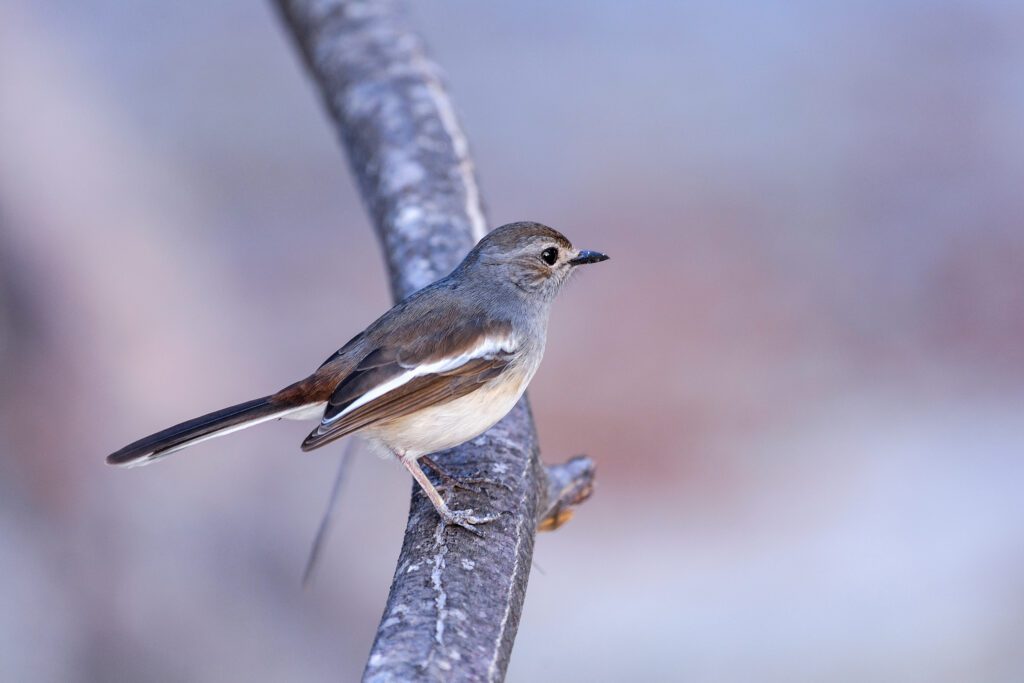

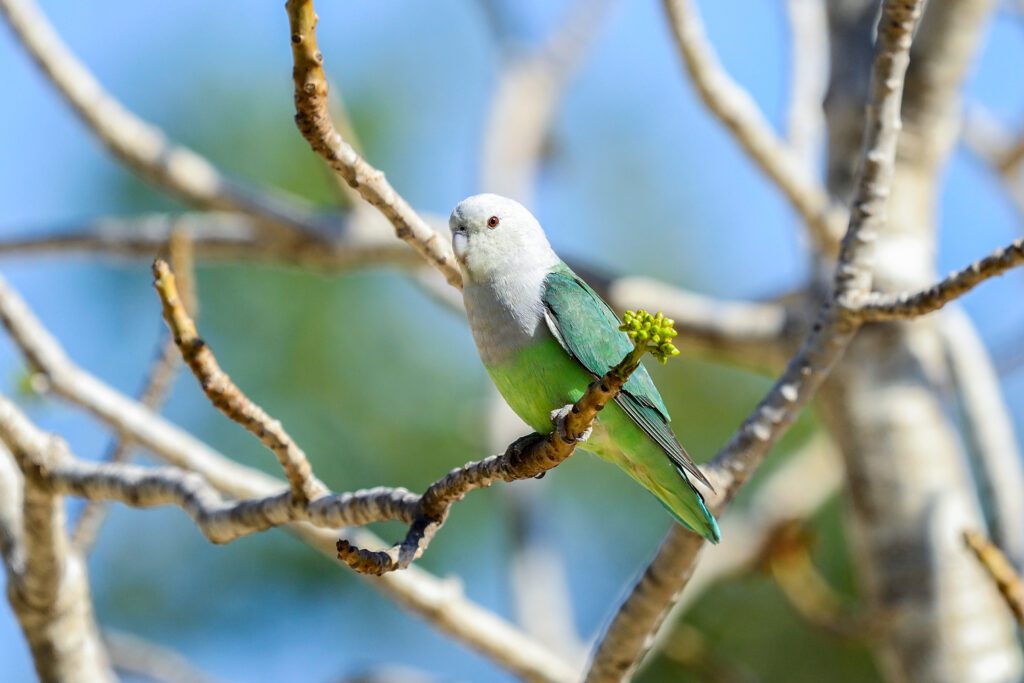
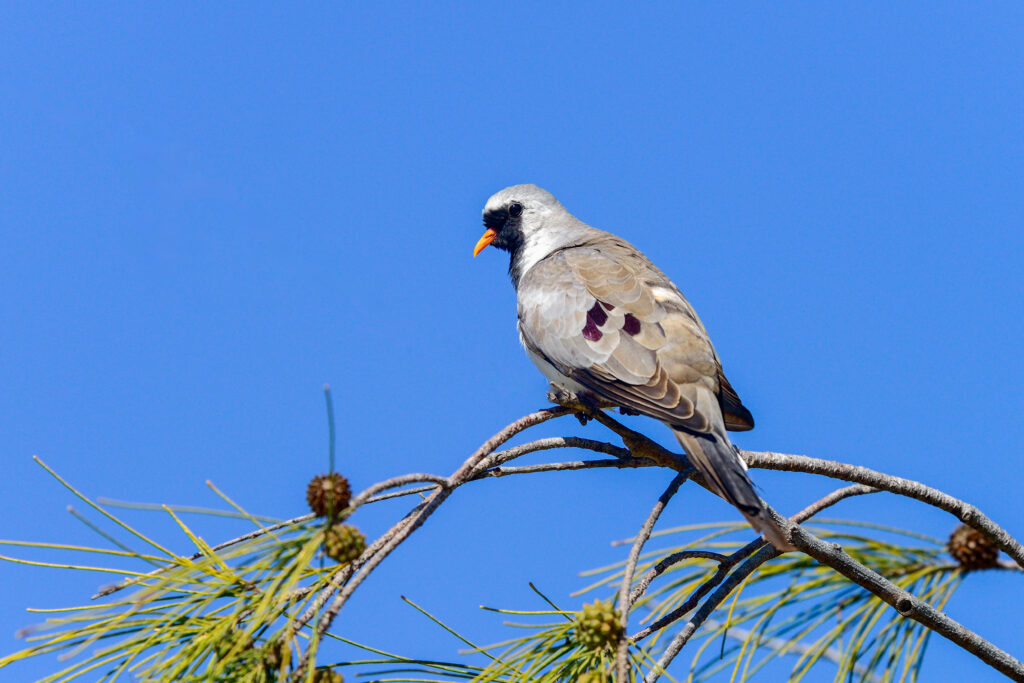
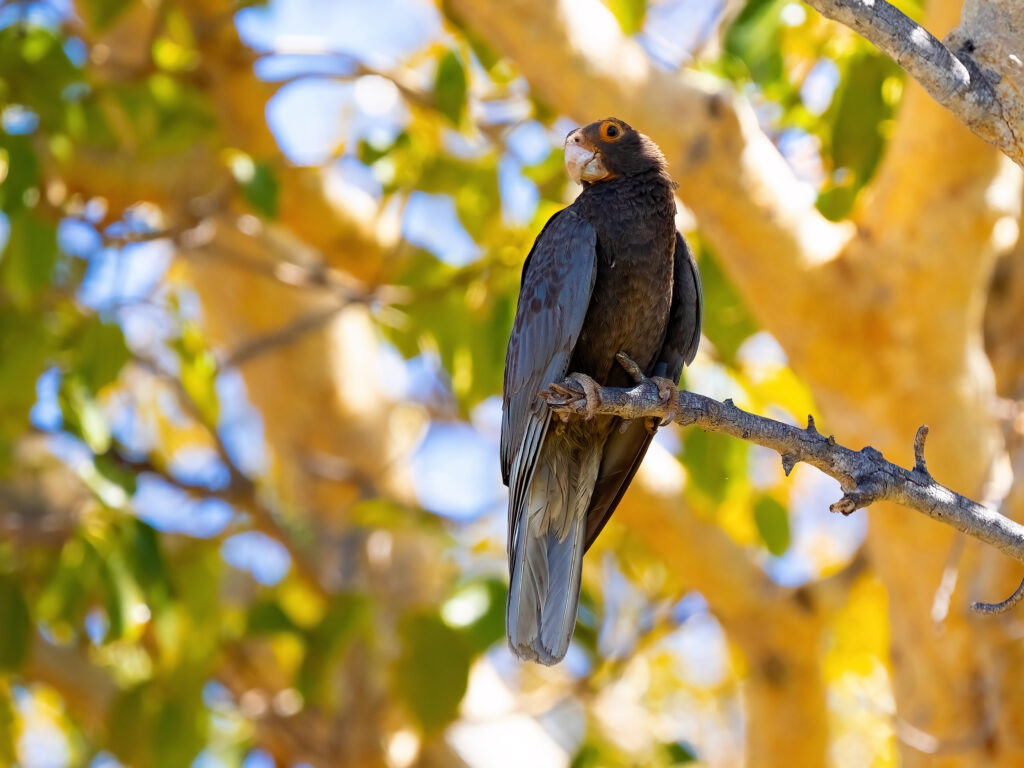

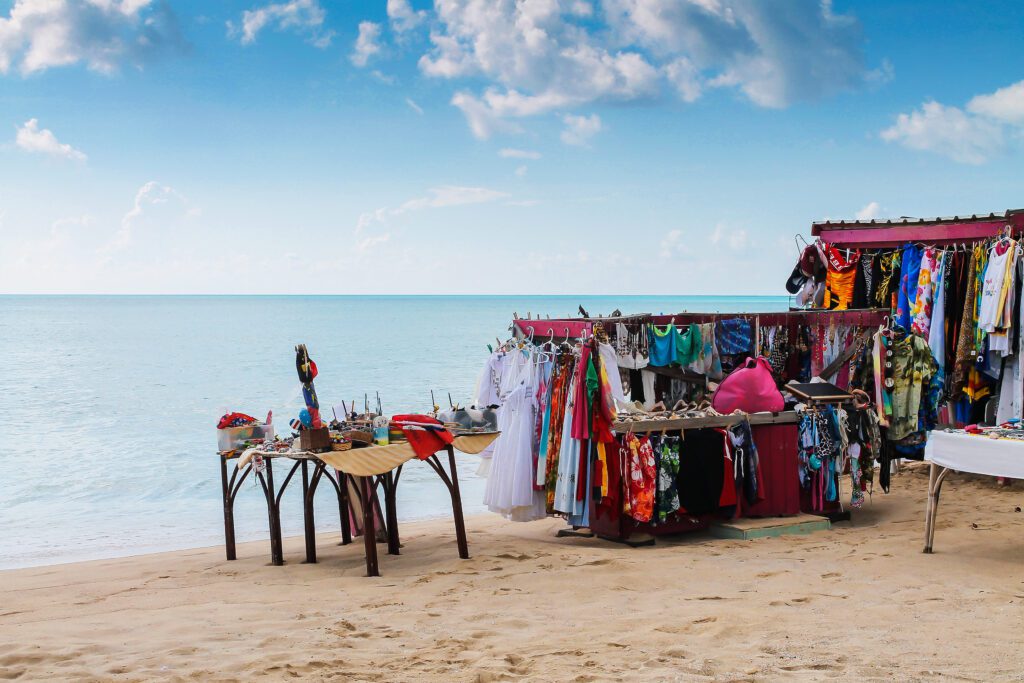
Transfer: 25 km by road (1 hour) + 35 km by boat (approx. 1.5 hours)
A morning departure returns to Tulear, where the road ends and the sea begins. Boarding a motorized pirogue or speedboat, glide across the Mozambique Channel to reach the hidden gem of Anakao, a crescent of wind-polished sand, drifting between dream and tide.
Anakao is not merely a beach—it is a sanctuary. Here the Vezo nomads of the sea live as they have for centuries, guided by stars and surf. The afternoon is free to sink into this rhythm—watch children race crabs across the dunes, see sails disappear into the horizon, or simply walk the coast where time leaves no footprints.
From June to September, these waters become a sanctuary for humpback whales, migrating from Antarctic depths to birth their young in warm channels. Their breaches and tail-slaps ripple through the ocean, and through the heart.
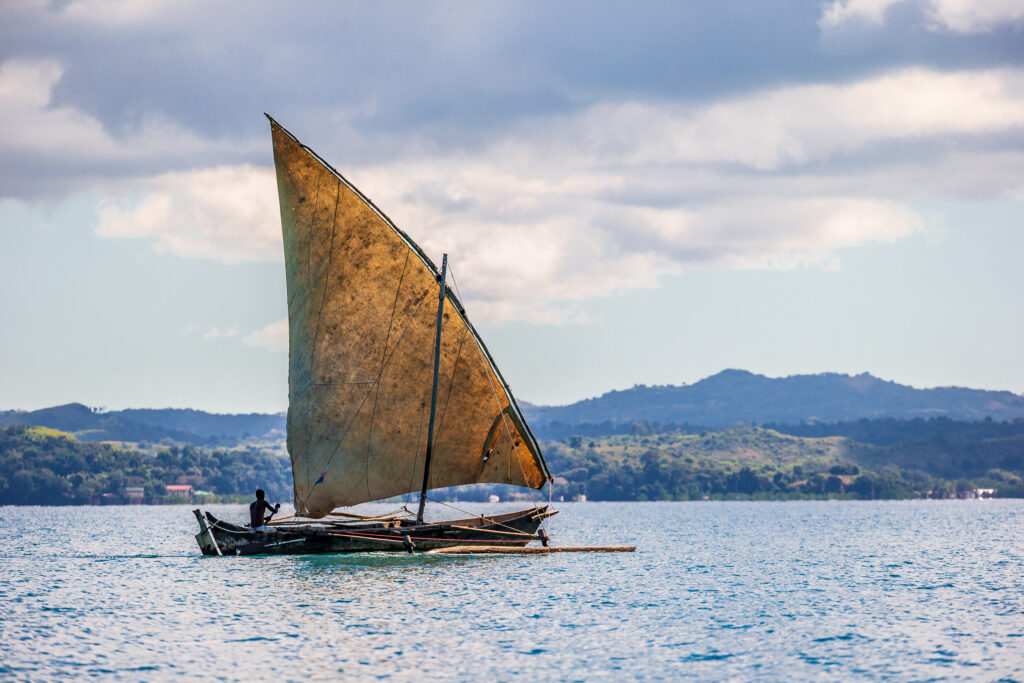
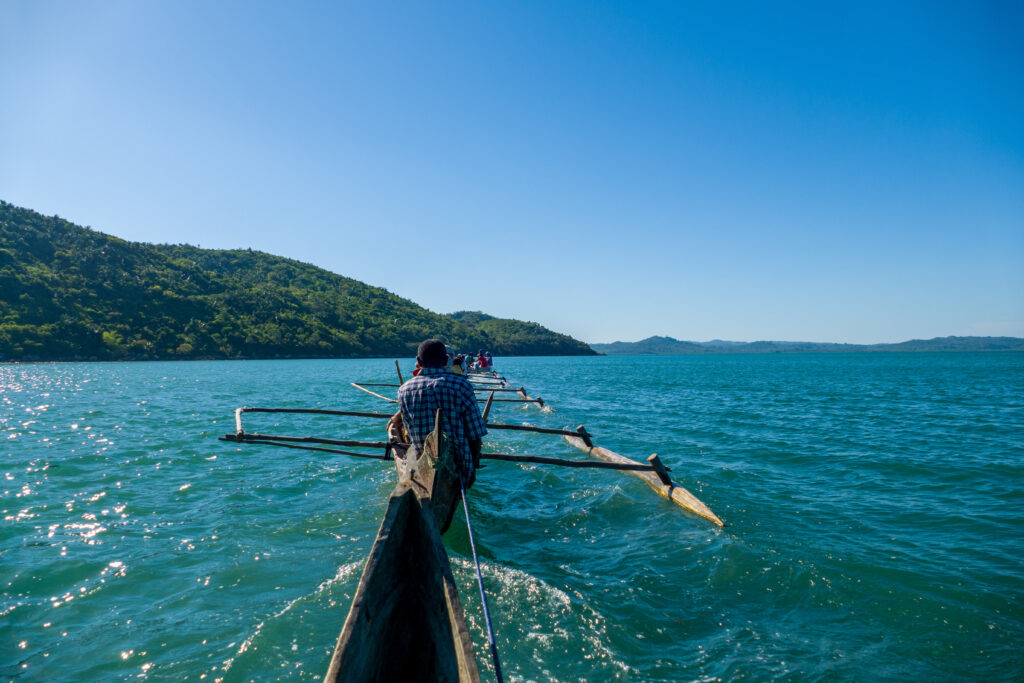
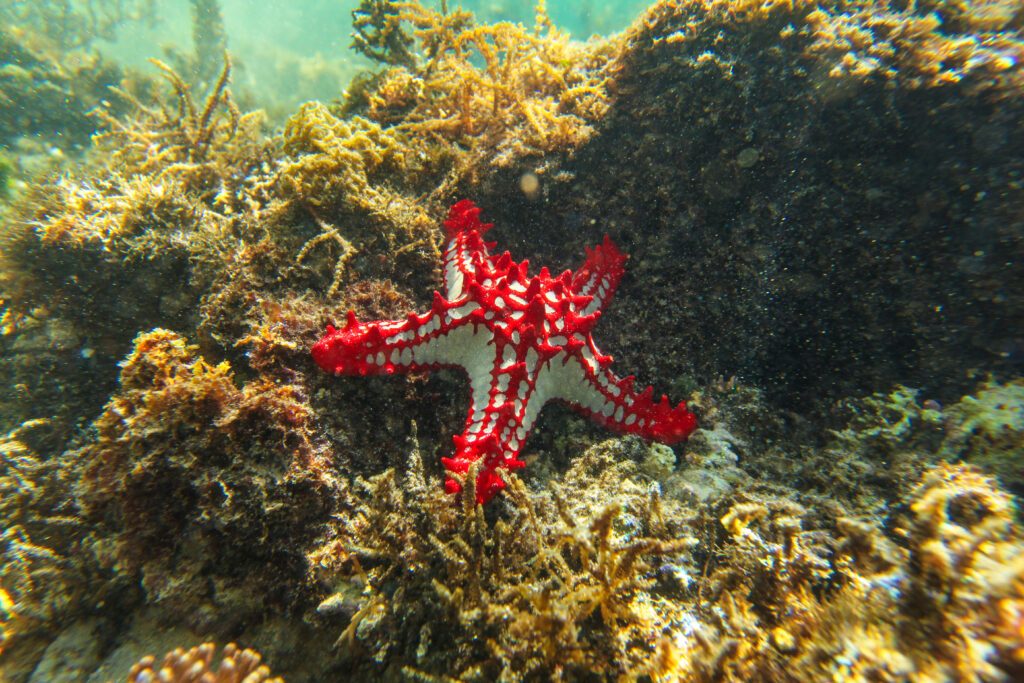

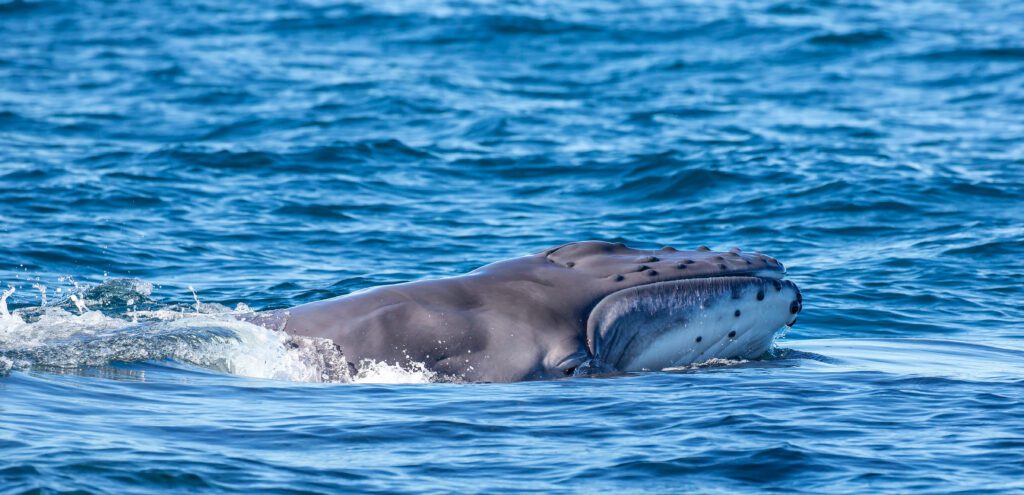
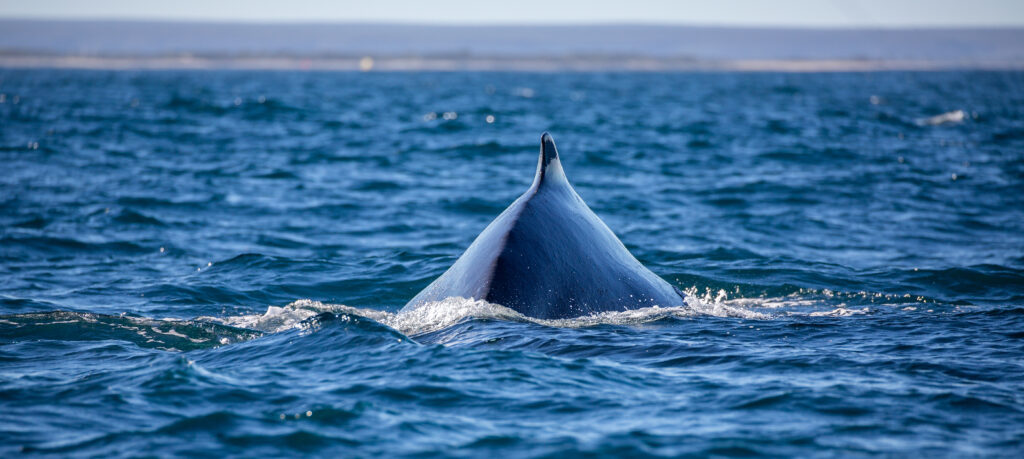
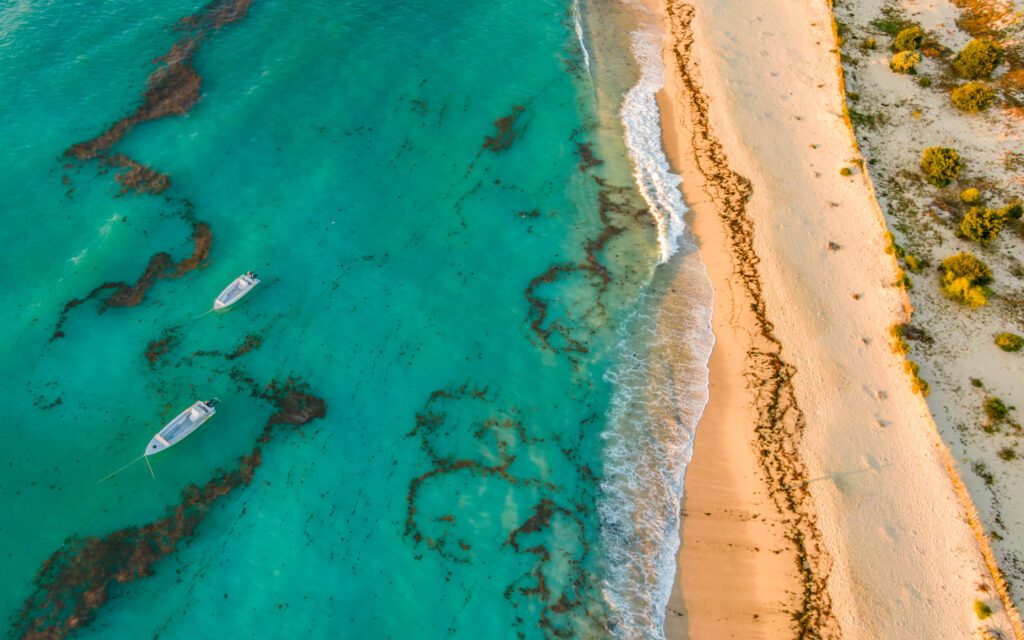
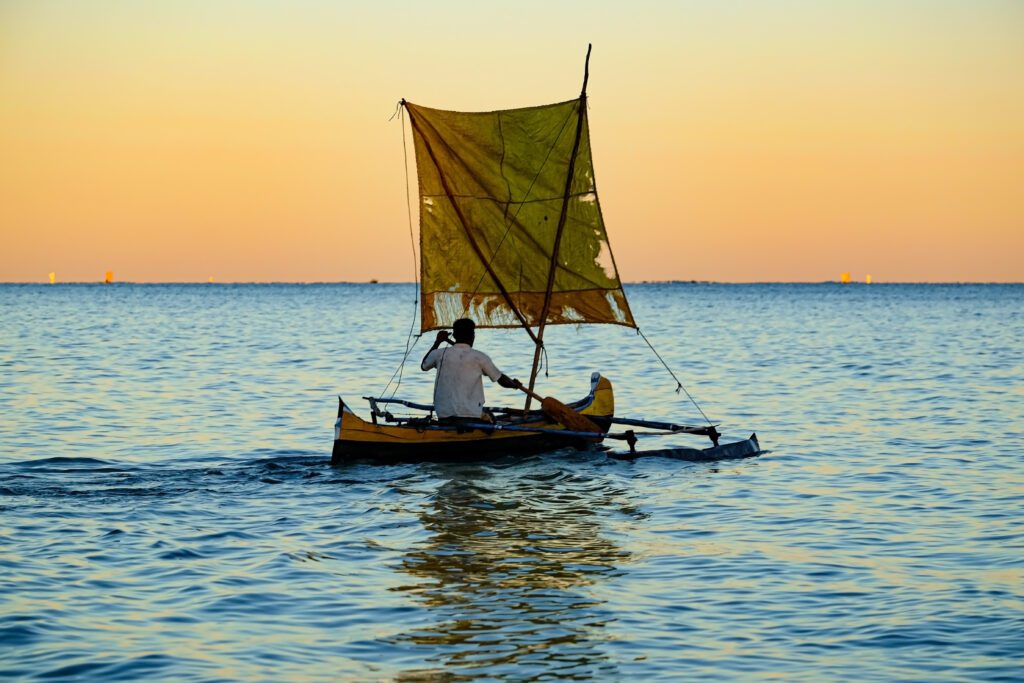
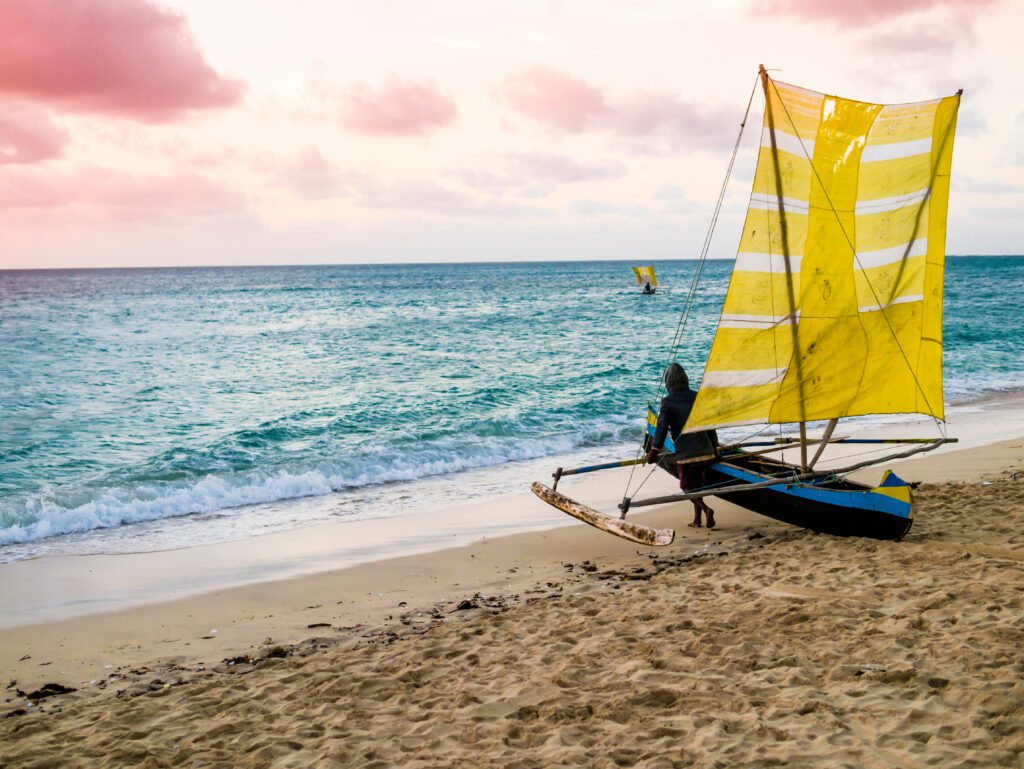
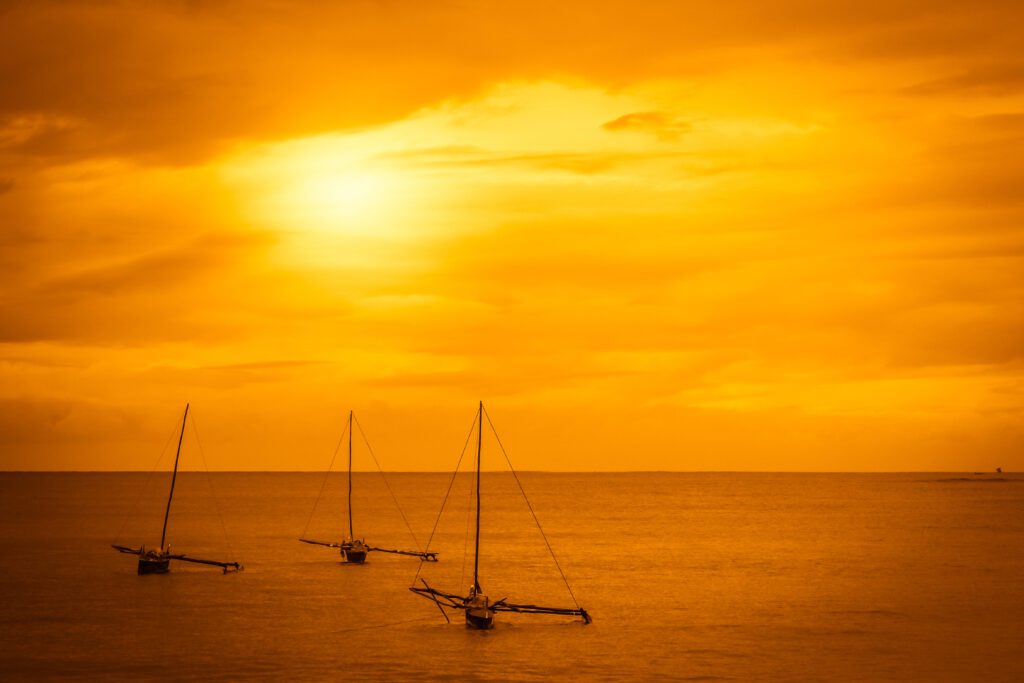
Excursion to Nosy Ve Island
A short sail leads to the sacred isle of Nosy Ve, a wind-swept coral fragment ringed by translucent sea. Revered by the Vezo as a burial site, the island is also home to the rare red-tailed tropicbird, which nests undisturbed in white sand dunes. Time stands still here—one can snorkel in silence among untouched reefs, or walk the bone-white beach where ancestors still whisper in sea wind.
Optional Night Walk: In the dry brush near Anakao, a guided torch-lit stroll may reveal white-footed sportive lemurs, nocturnal geckos, and the whispery glide of owls hunting under the moon.
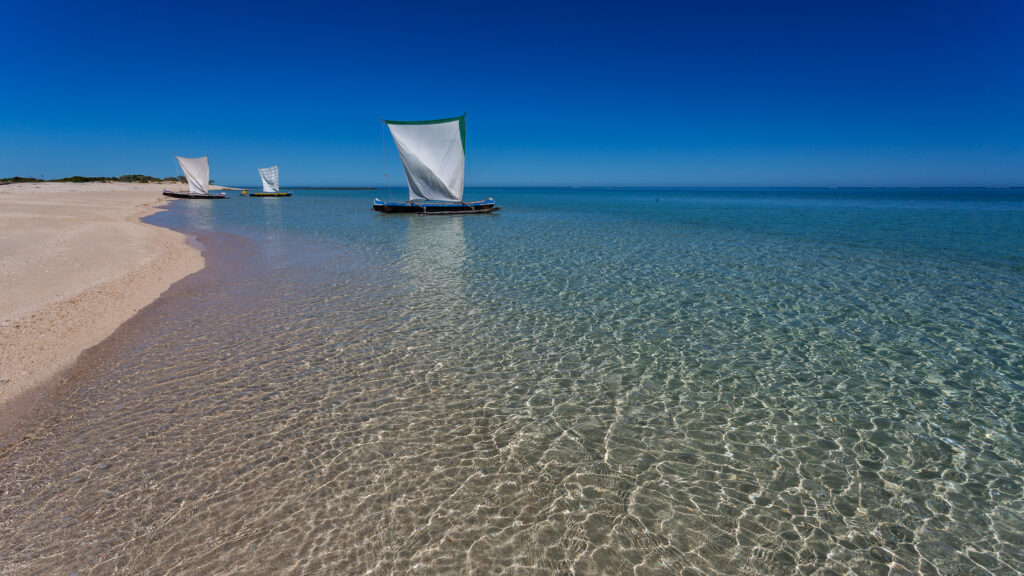
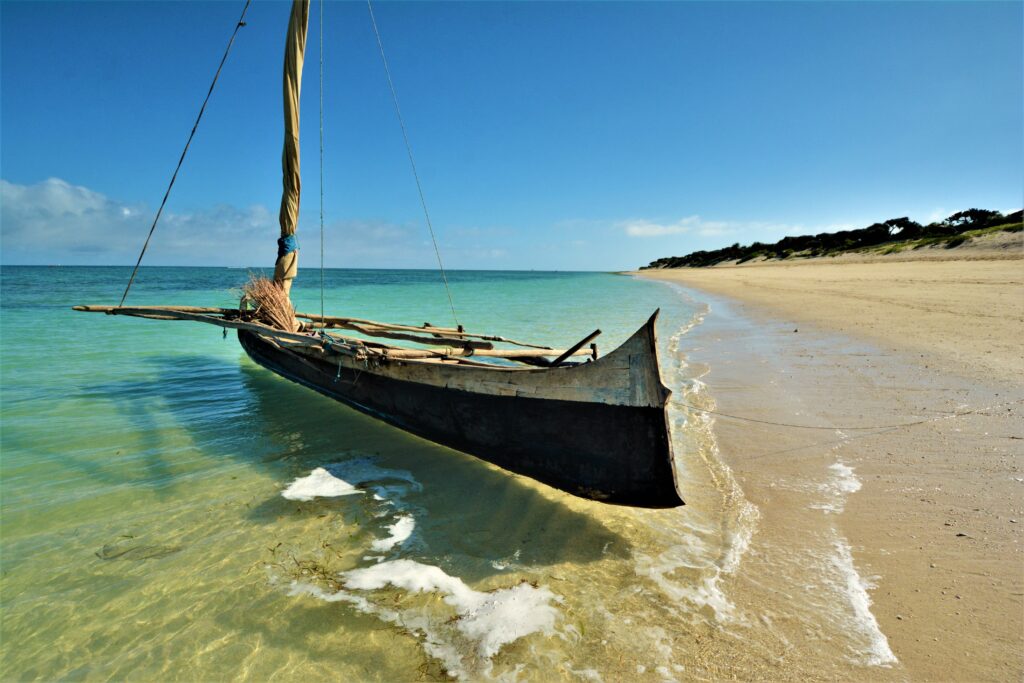


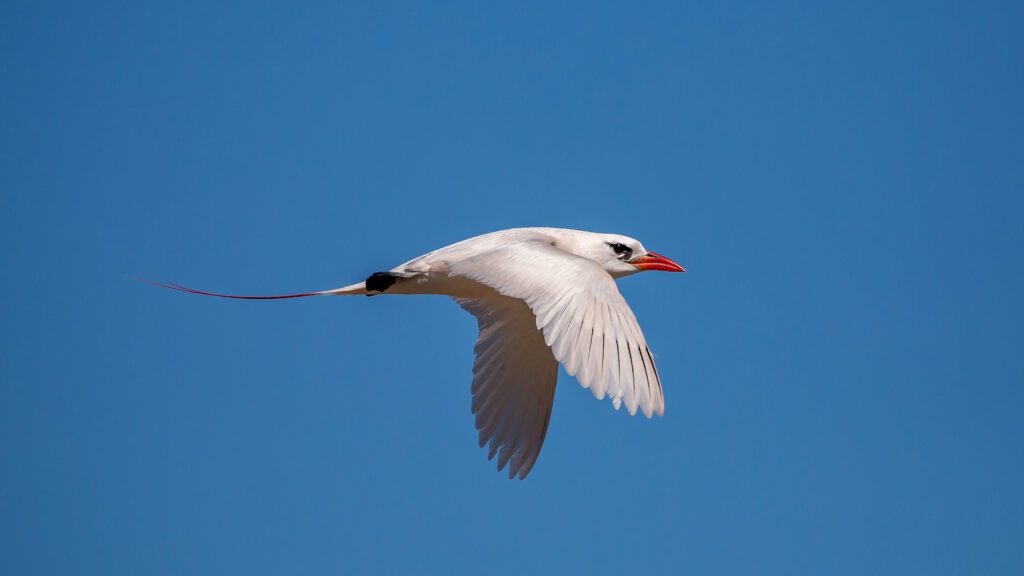
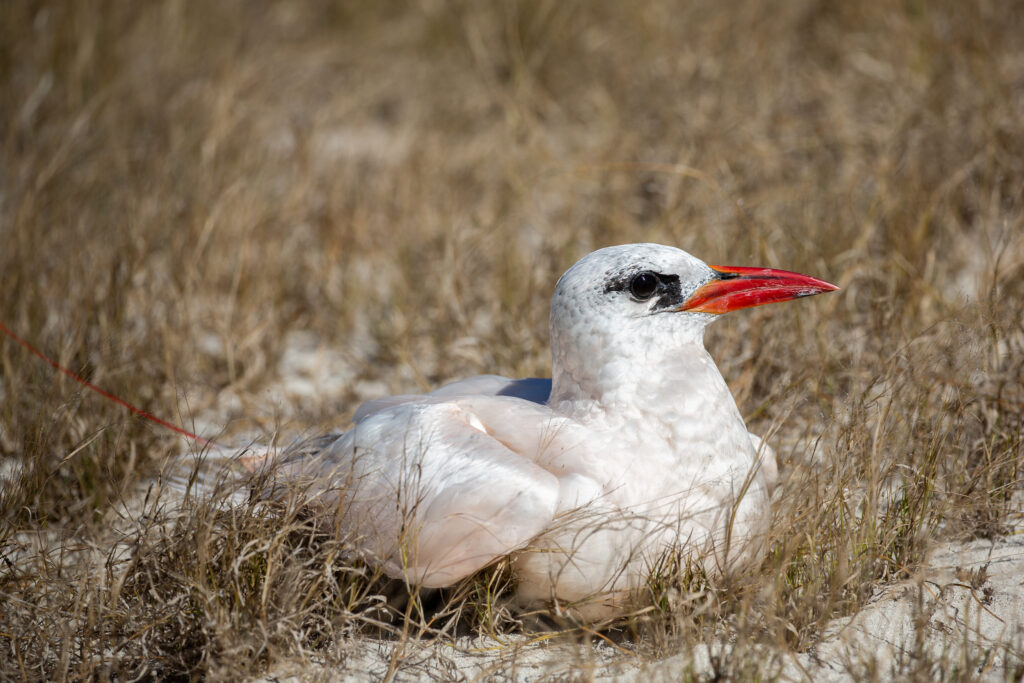
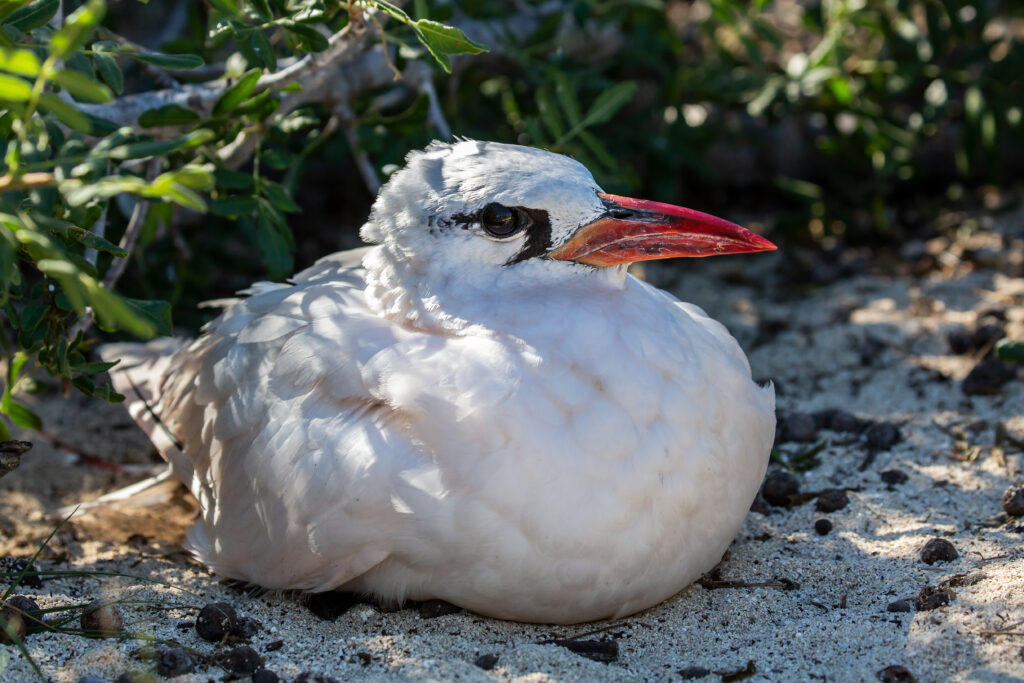
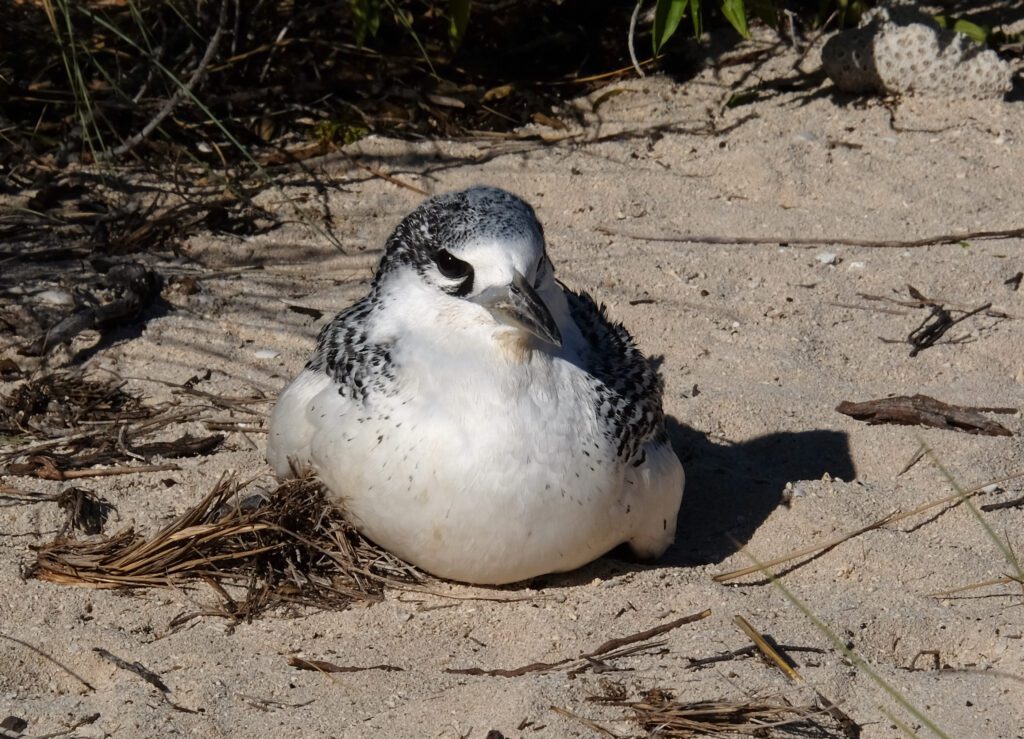

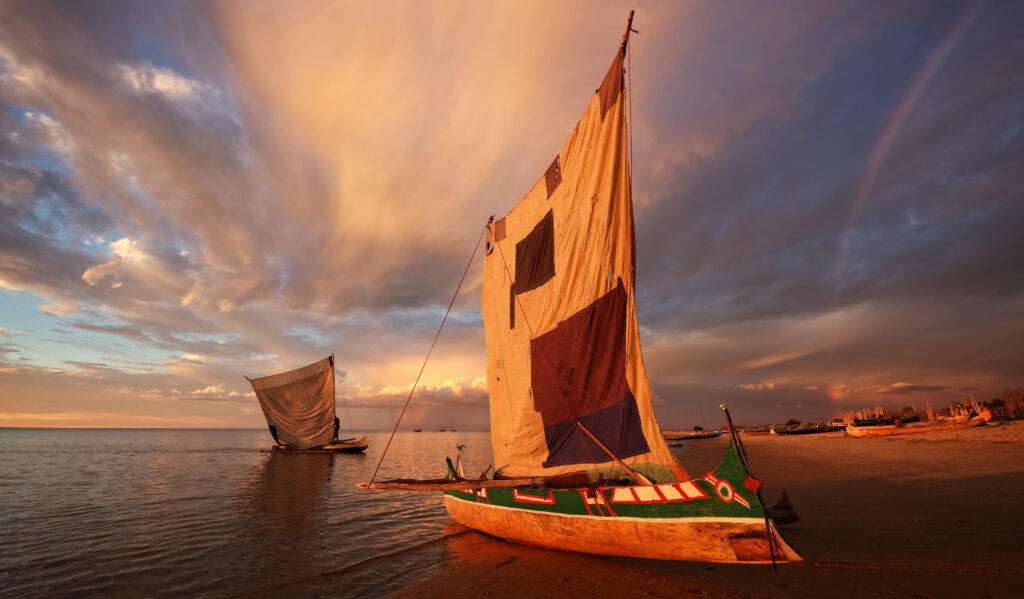
Boat Transfer to Tulear (1.5 hours) + Domestic Flight (approx. 1.5 hours)
The day opens with a farewell to the south—a boat ride back across sunlit waves to Tulear, where the red roads end. At the modest airport, a plane lifts into the air, and the dry spines of baobabs fade into memory.
By afternoon, the highland capital of Antananarivo returns to view—its ridges terraced in green and brick, its ancient heart pulsing beneath modern rhythms. Time to wander once more through hillside stairways, flower markets, or lakeside promenades where the scent of cloves and charcoal mingles with dusk.


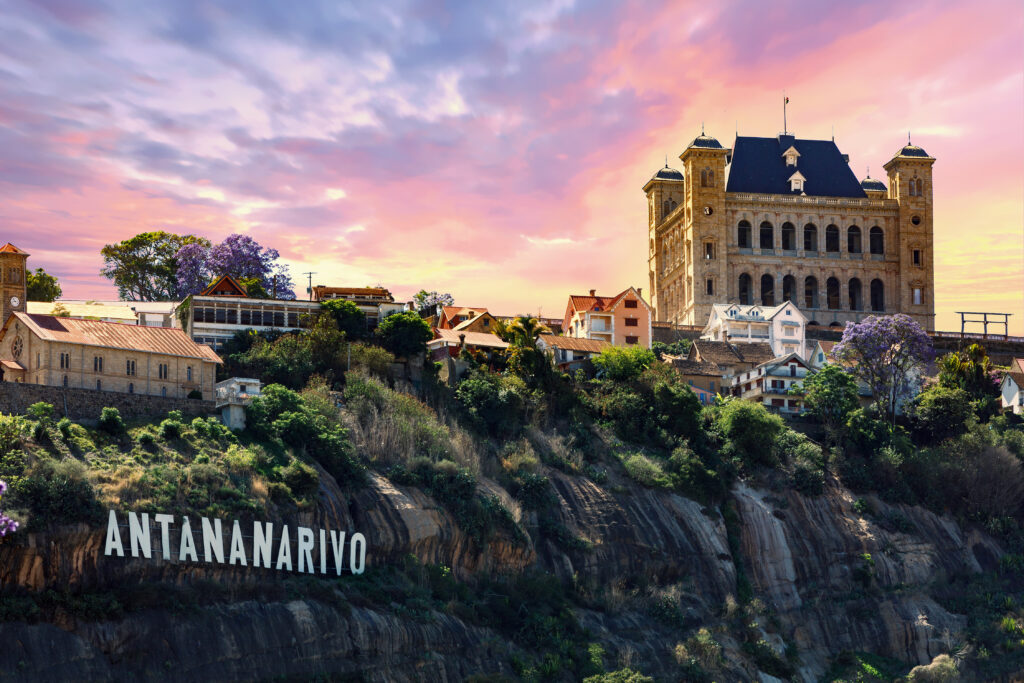
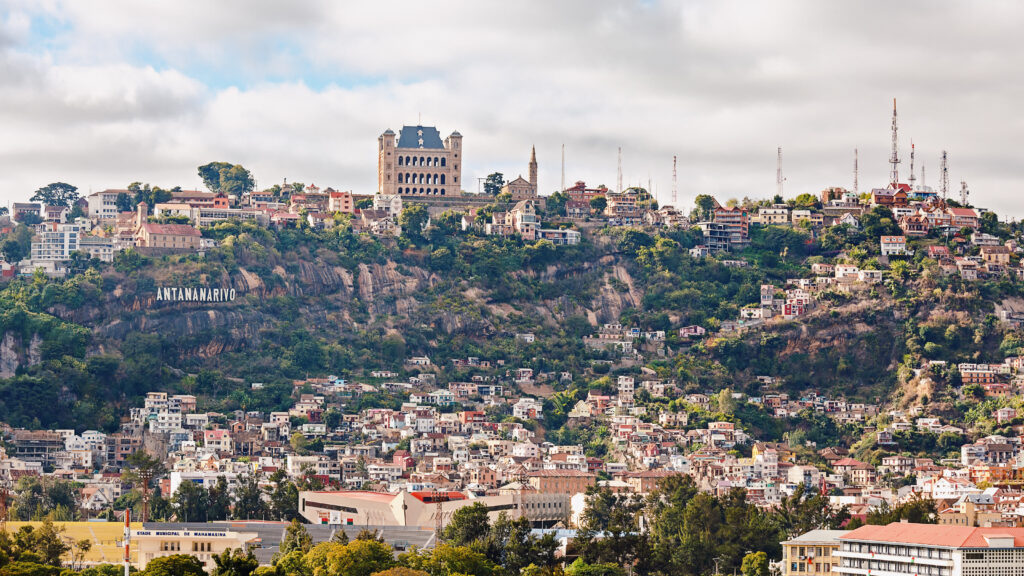
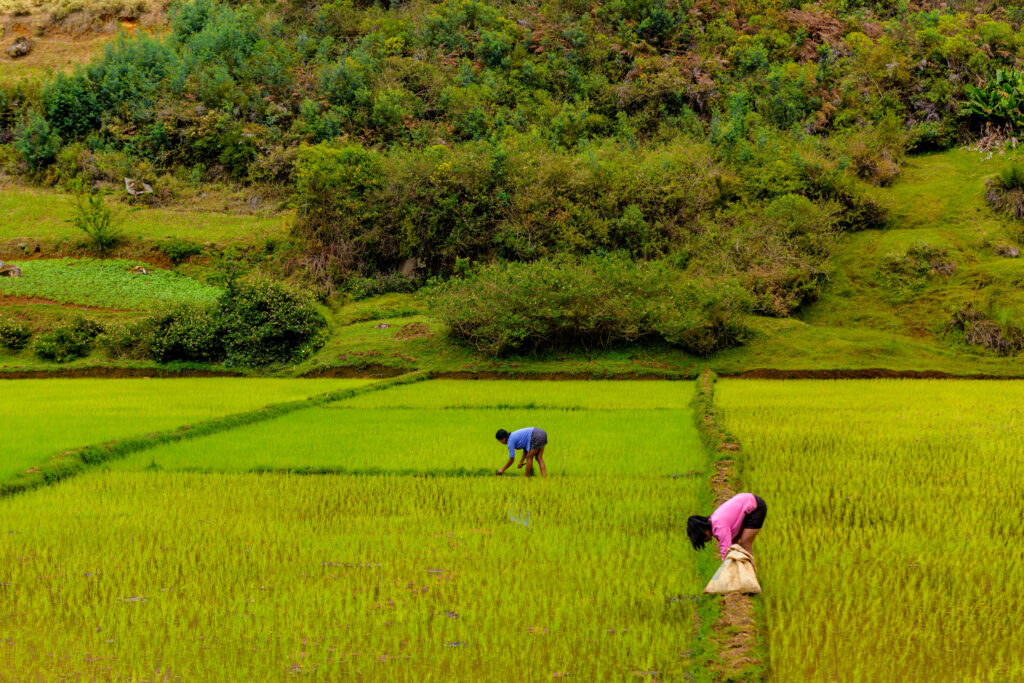
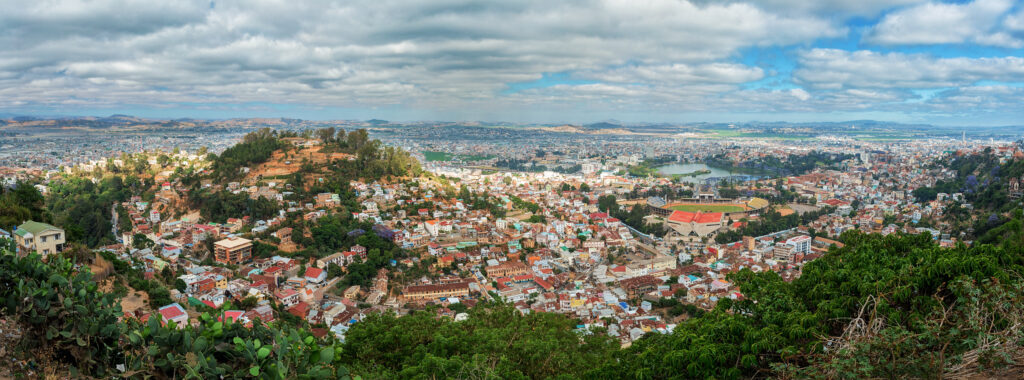

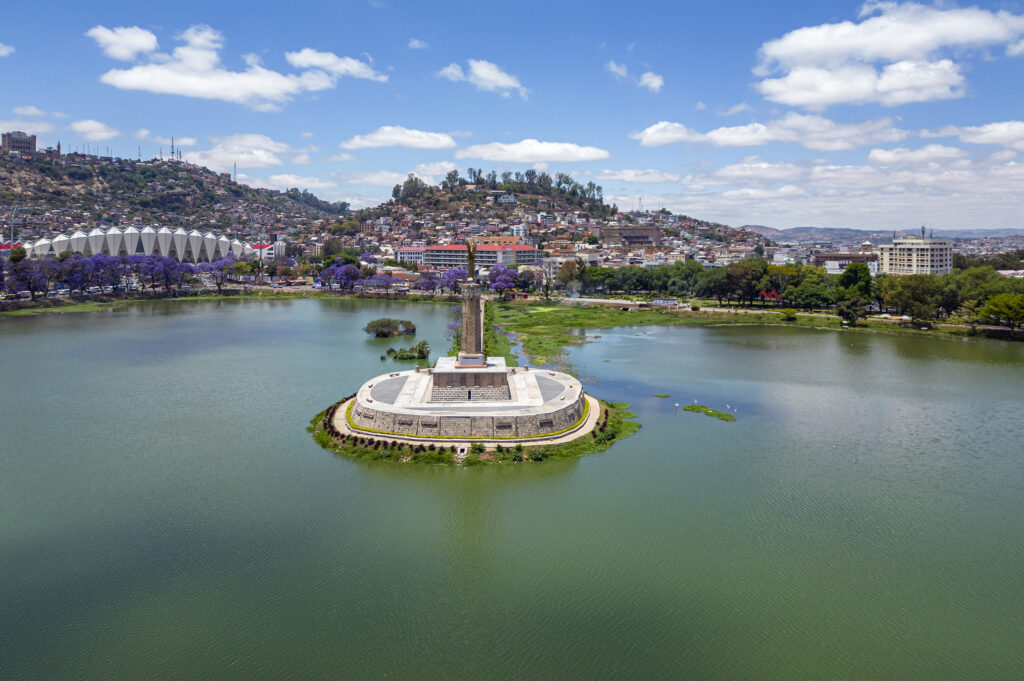


From rainforest to reef, canyon to coral, Madagascar reveals itself not as a destination, but a living memory—a place that echoes in birdsong and lemur eyes, in the taste of smoked zebu and the silence between whale songs.
Depart Madagascar with the soul marked by wildness—ring-tailed lemurs leaping through sacred groves, flamingos mirrored on salt lakes, and a nation whose beauty lives in both land and people.



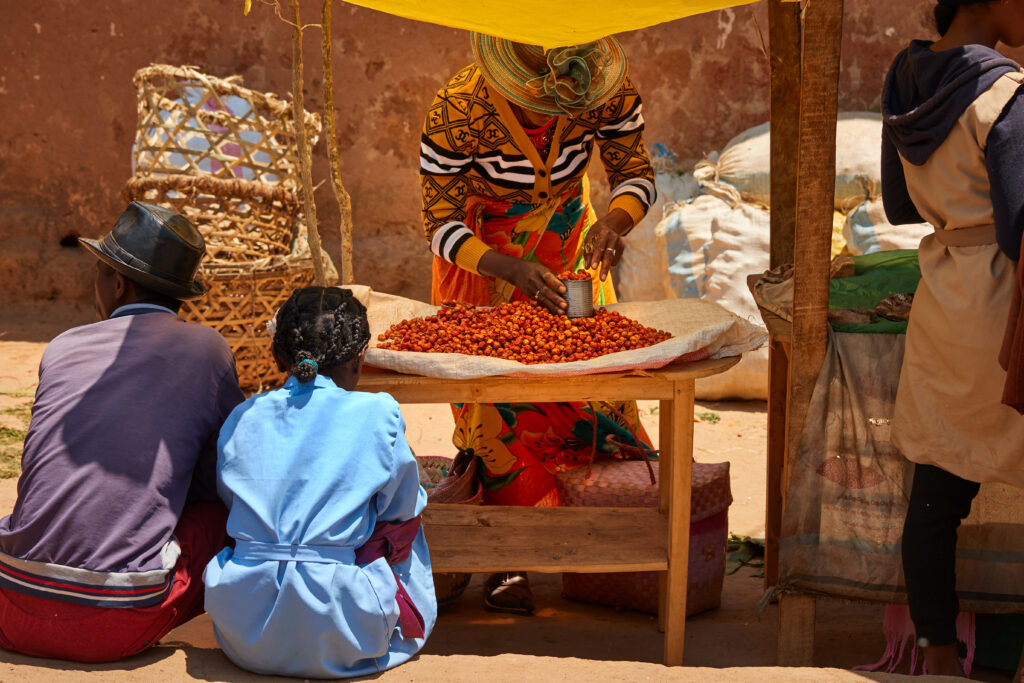
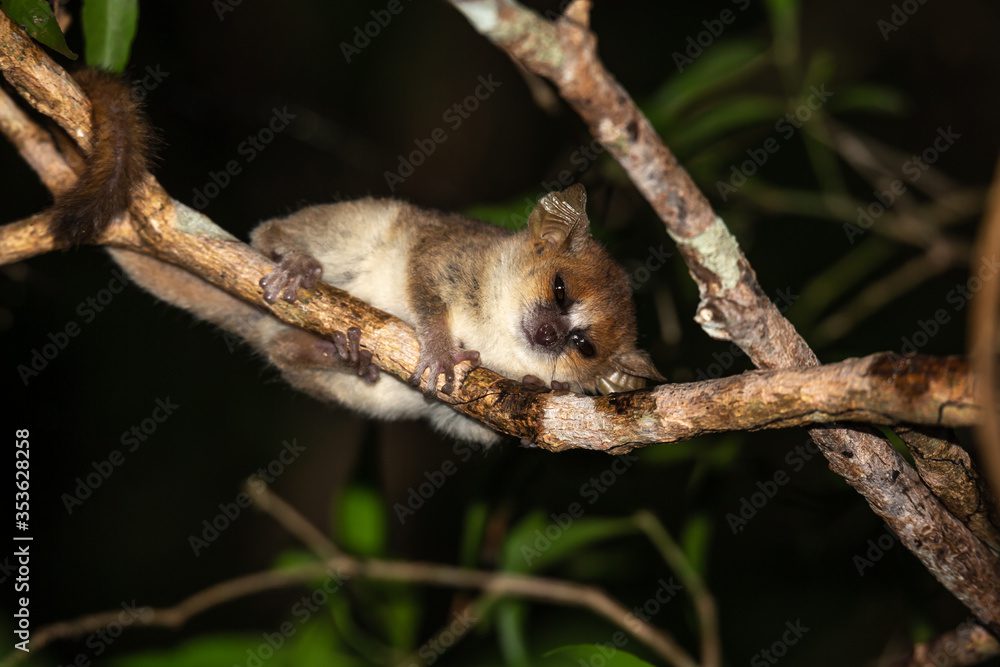




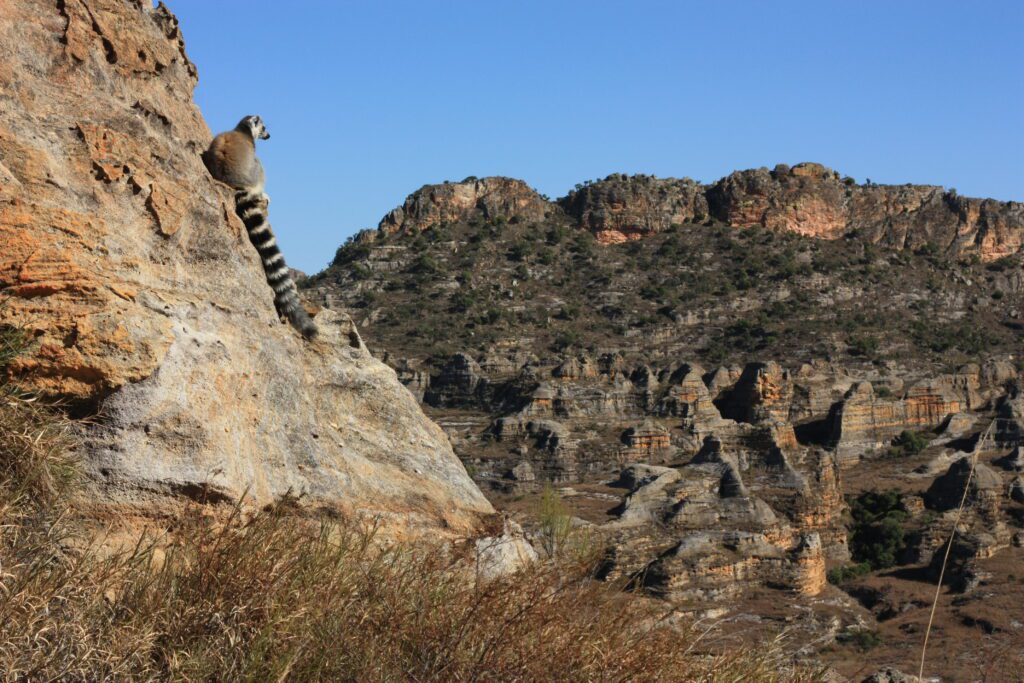
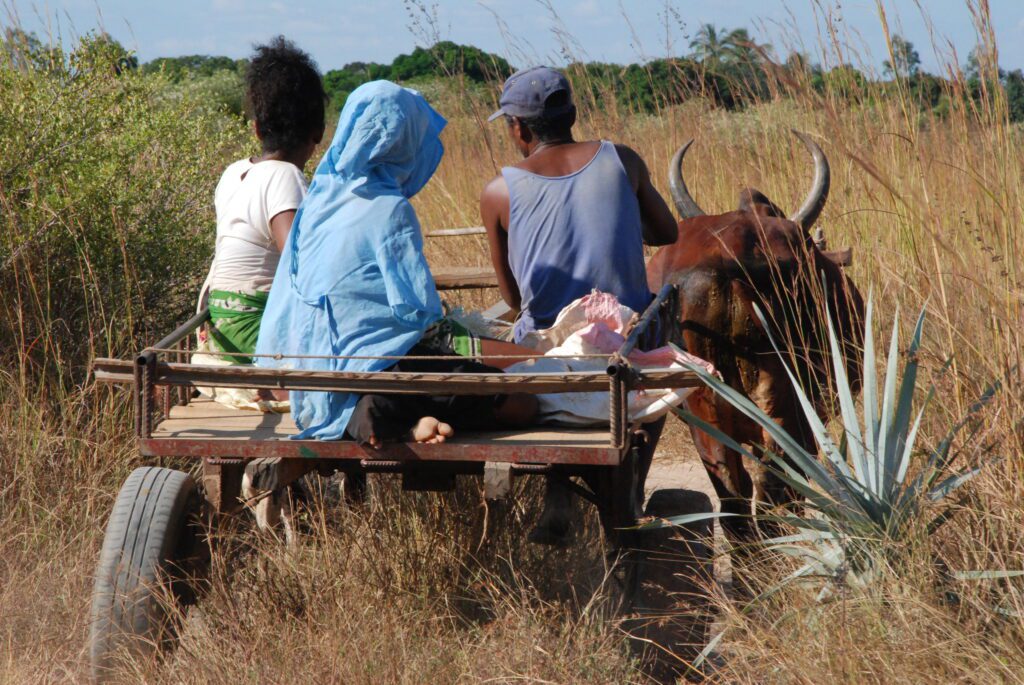



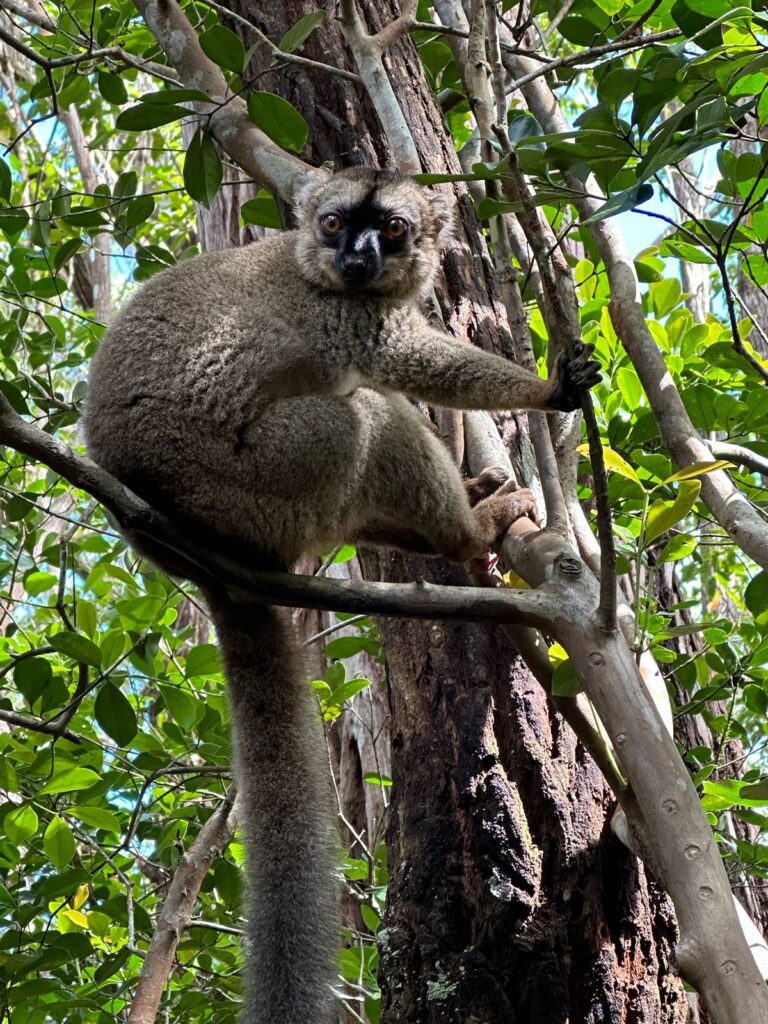
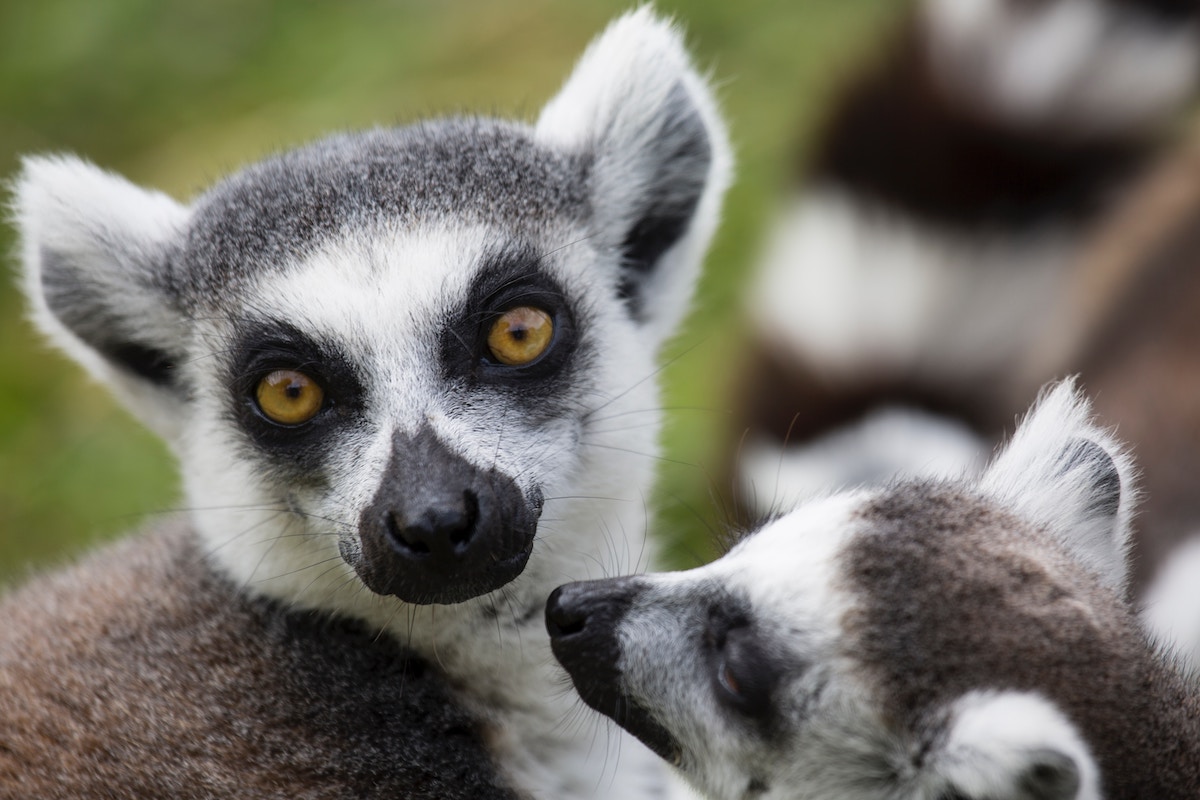
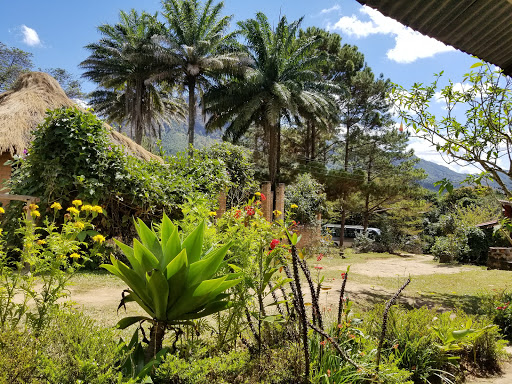
Get up close to chameleons, lizards, frogs, snakes, butterflies, and Sifaka lemurs.
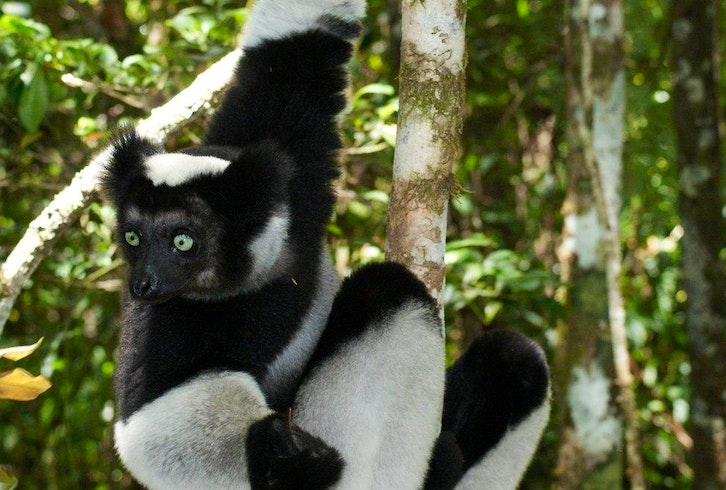
Discover chameleons, snakes, birds, and the iconic Indri Indri lemur.
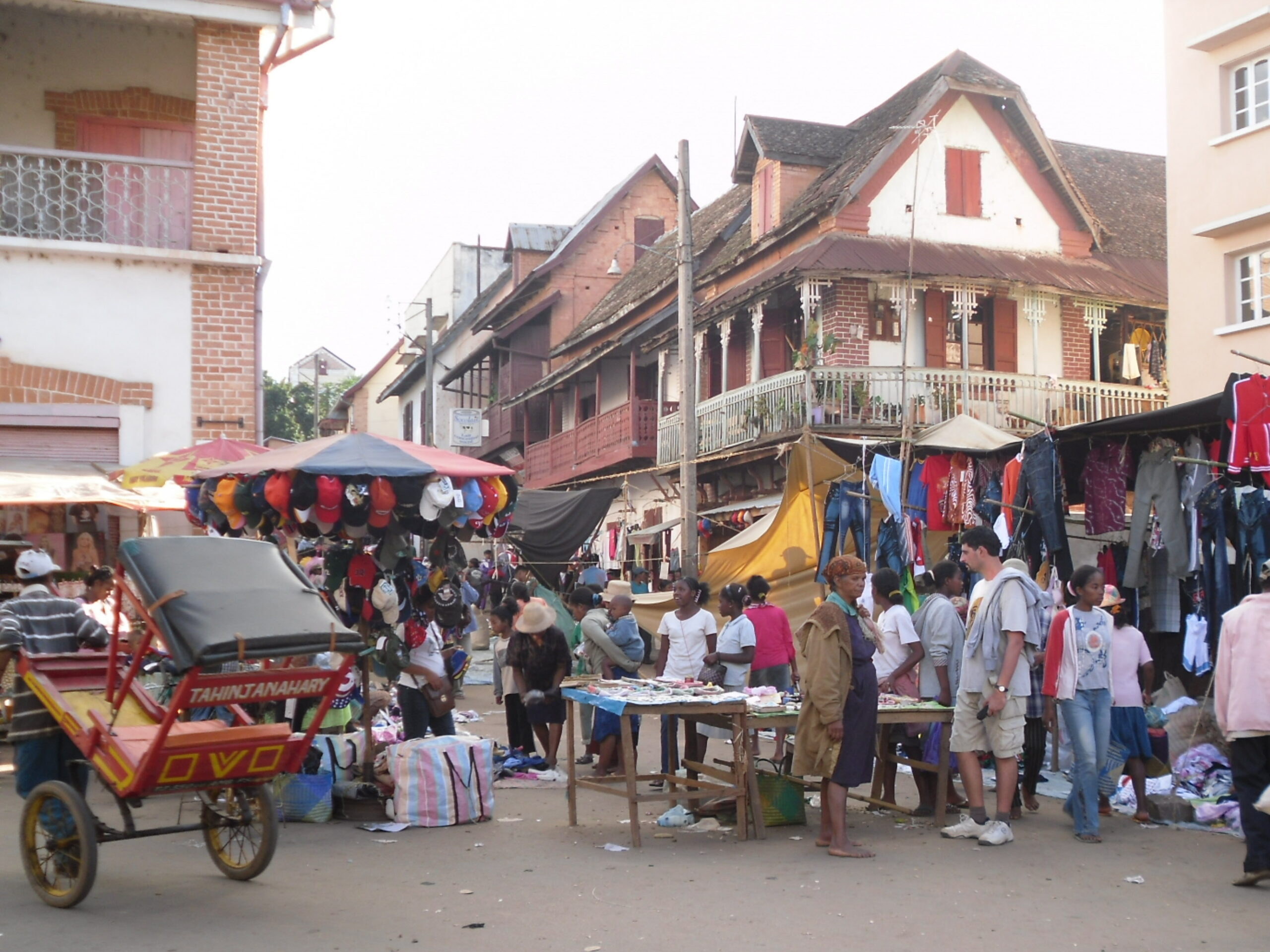
Stopover to see handicrafts and wood carvings, perfect for souvenir shopping.
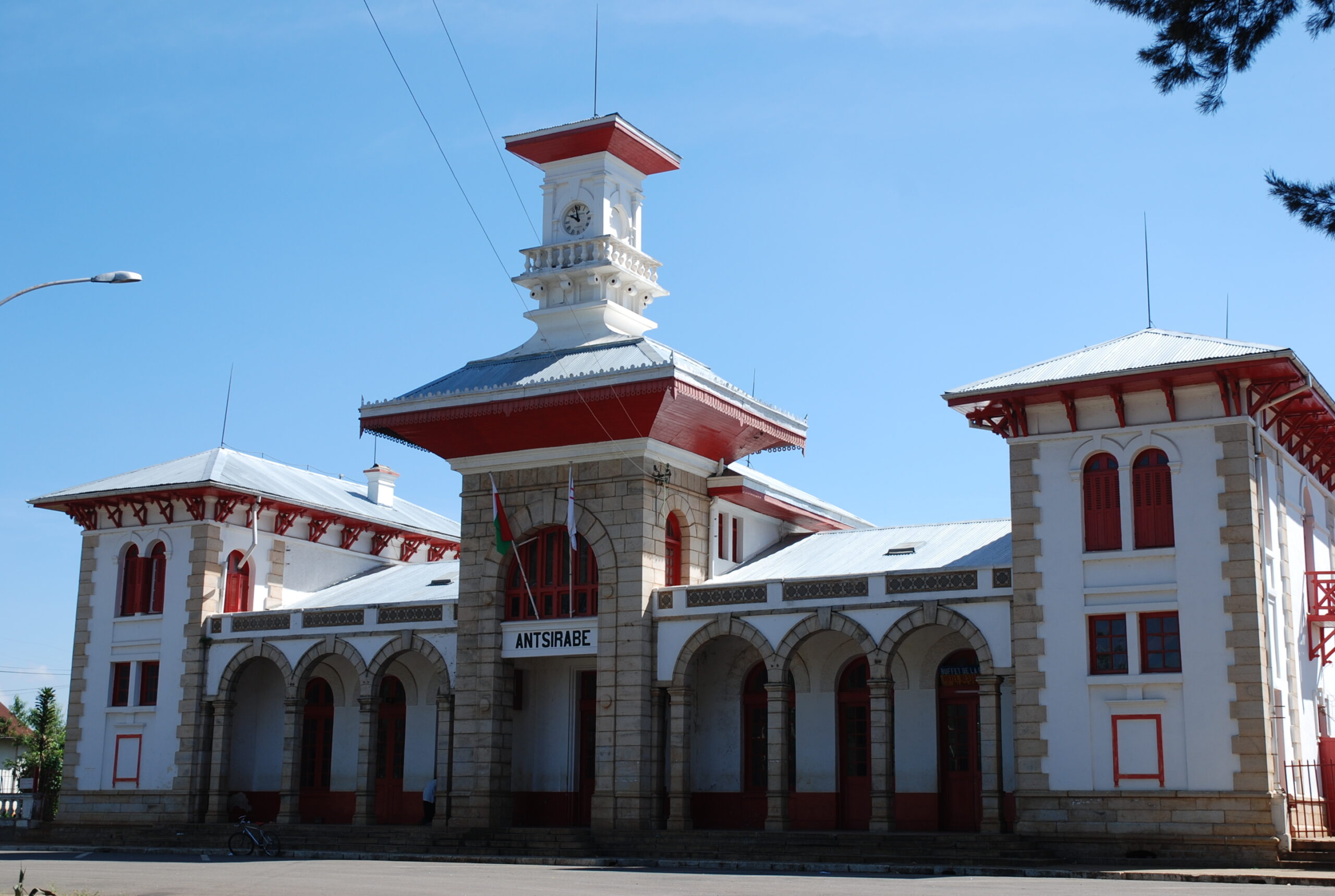
Experience a rickshaw ride and explore the city's streets and alleys known for colorful rickshaws.
– Booking / Advance amount: Rs 60,000 Per Person.
– Passport with minimum validity of 6 months.
– Passport copy.
– Pan card copy.
– Two Passport size photographs. All, to be submitted at our office, 30 days prior to the departure date.
NB: Upon tour fee payment, 5% TCS (Tax Collected at Source) is mandatory. This amount shall be refunded upon filing tax returns from your side
(1) Should carry a valid Covid19 vaccination certificate [full dose].
(2) Your routine medicines for personal ailments, for at least 15 days, should be carried with you.
(3) Any change in airline or hotel charge will affect the tour cost.
(4) The company has the right to postpone or cancel the tour and also change the flight without prior notice.
(5) The passengers are fully responsible for any illness and injuries that may occur
during the tour.
(6) 100% Cancellation charge apply if cancelled within 7 days of travel.
(7) Once the tour has commenced, no refund is made for unused services.
(8) Any service provided apart from the group, is charged extra.
(9) Visa issuance is the sole discretion of the Embassy and we do not undertake to maneuver
(10) The company shall not be liable in any manner whatsoever, in connection with the documentation, baggage, registration, transportation, insurance, accident, delay, cancellation, suspension, improper arrangements or any other eventuality.
(11) The client understands that he/she cannot make or raise any action demand or claim against Royal Omania or its employees, or directors, and shall also indemnify Royal Omania, if any claim or action is brought by any party claiming through the client for dealing with Royal Omania and shall always keep Royal Omania or its employees fully indemnified against any claims howsoever caused.
(12) No claim or complaint of whatsoever nature and or any claim for damages shall be entertained or admitted for consideration if lodged with the Company beyond 30 days from the end of our services.
Accommodation plan: 1N Antananarivo | 1N Antsirabe | 2N Ranomafana | 2N Isalo | 2N Ifaty | 2N Anakao | 1N Antananarivo

